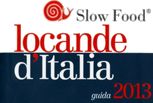The members of the Bera family, in my opinion, exhibit all the characteristics of the Langhetti. They are original, creative, adventurous, and deeply rooted in the land. Tenacious workers and epicureans, they are open to new knowledge and yet the bearers of tradition. Reserved and at the same time available, each one of them contributes to the whole of a family that is strong and dynamic.
The winery is a recent creation; in fact it is younger than the youngest of the Beras. It was the dream of the preceding generation, and has been realised by the current generation. Now the goal of the family is to grow and to continue to confirm their success.
The care that the family gives to their grape vines is fully manifested in the production of the wine that I like so much. For example, at their winery you can find the aged and rare Dolcetto, which is quite extraordinary.
Their cuisine is also delicious; I recommend testing it while you are buying wine!
Giovanna
Il Bosseto: The winery of the Bera family
The family
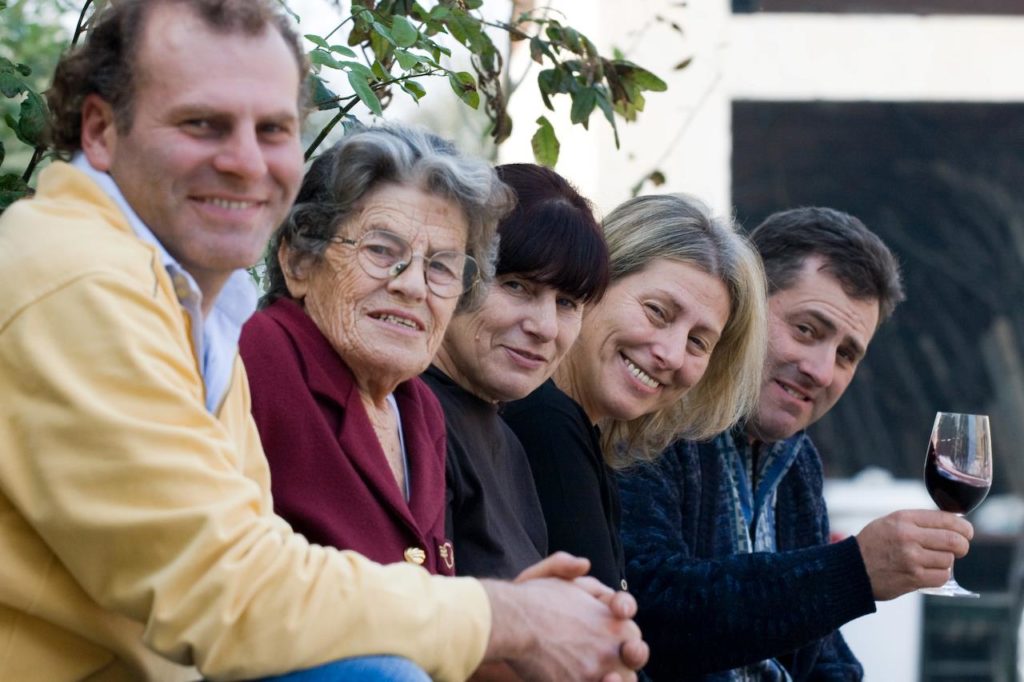
The family name “Bera” appears to have its origin in the English word “Bear”. There are records of a noble family that came to Italy around the year 1000, following barbarian invasions. The family reputedly came from northern Europe – perhaps from Germany or England. Its family crest was a bear, a symbol of power, pride, and cleverness, but also of cruelty, harshness, and royalty. Until the 800’s, the bear was the king of the animals. An offshoot of this family established itself in the Langhe, and it is from this that we descend. We are two brothers, two sisters, and a mother that have in common a love for the land, the vines, and the wine that we produce.
The Wine Producing Company il Bosseto
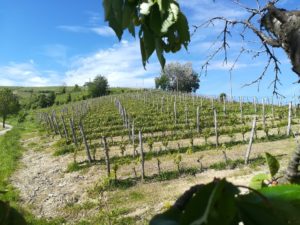
Il Bossetto takes its name from “Bosso”, which is a wild bush found in the Mediterranean area. It is an evergreen shrub with small oval leaves which are glossy and perfumed. The bosso is a fundamental element of the “Italian” or “formal” gardens, characterised by geometrical shapes. It is also a feature of “topiary art”, which creates animal figures, and shapes rich in elaborate details. These shapes are formed from clever cuttings of the shrubbery, and constant care is devoted to maintaining their pleasing forms. Examples of these can be found in the gardens of the castle of Boboli in Florence. To a lesser extent, there are traces of it around the Langhe castles (Govone, Serralunga, Magliano Alfieri). Long ago, it even surrounded old churches, and was used as a hedge to delimit spaces in the gardens and vegetable patches of monasteries. Our company is in fact located on the spot where, once upon a time, there stood a powerful monastery dedicated to Saint Alessandro.
The bosso is a bush that grows slowly. It is patient and tenacious; qualities that we appreciate and try to cultivate in ourselves.
The company
It is located on the border between Trezzo Tinella and Triso, and is almost entirely devoted to the cultivation of wine grapes. The majority of the implants are recent. And while favouring these, we have still tried to leave the existing plants and fittings of the area as a mark of respect towards those who have preceded us, and so as not to impoverish the landscape. Among the vines, you can find Madernassa pears, antique apples, muriche, and peaches with white flesh. On the land one might still find the large concrete vats that were once used to blend verderame with lime to create treatments for the vines. In addition to these, there are wells dug into the tuff that once allowed for the transport of water to the family. You might also come across some small stone walls, and a pond where carps are raised.The vines are surrounded by the typical ravines of the Langhe, where oaks, locust trees, elms, and pines grow. The Bossetto is oriented towards biological cultivation; it has been many years since we have used herbicides. In addition to this, we make use of verderame and sulphur to cultivate the vines typical of the region: Moscato, Dolcetto, Nascetta.
Our Wines: Particularities, Anecdotes, and Memories
The Moscato
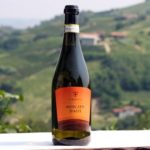 Until recent years, did not enjoy the popularity it has today – but our family has always cultivated it. Our paternal grandparents came from Castagnole and Castiglione Tinella, villages where this vine variety has always been grown. One of our childhood memories is related to the must (the sweet grape juice from which the wine is fermented) that would be filtered through sacks during the winemaking process. We would start filtering a couple of days after the harvest, towards the end of October. The sweeter the grapes were, the more the must needed to be filtered. The sacks often got clogged, and after supper the women had to go out in the windy autumn air and wash them in big tubs close to the water tank. The Moscato was drunk mainly in the summer, or on special occasions, such as when the parish priest came to give blessings. The few families of the village that produced it guaranteed its provision to the two parishes for celebrations, given its low alcoholic content.
Until recent years, did not enjoy the popularity it has today – but our family has always cultivated it. Our paternal grandparents came from Castagnole and Castiglione Tinella, villages where this vine variety has always been grown. One of our childhood memories is related to the must (the sweet grape juice from which the wine is fermented) that would be filtered through sacks during the winemaking process. We would start filtering a couple of days after the harvest, towards the end of October. The sweeter the grapes were, the more the must needed to be filtered. The sacks often got clogged, and after supper the women had to go out in the windy autumn air and wash them in big tubs close to the water tank. The Moscato was drunk mainly in the summer, or on special occasions, such as when the parish priest came to give blessings. The few families of the village that produced it guaranteed its provision to the two parishes for celebrations, given its low alcoholic content.
The vine plots were planted in 1953, set in tight rows through which an ox could barely pass. We sometimes feel our work is a masochistic endeavour, since all of the labour needs to be done manually, given that there is not enough space between the rows for a tractor to pass. Now we produce D.O.C.G. (Designation of Origin Controlled and Guaranteed) Moscato wine called “submerged cork” to distinguish it from spumante. We have also named the wine obtained from the must of supermature grapes “ambrosia”, after the mythological nectar of the gods.
The Dolcetto
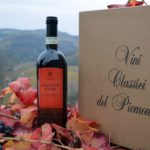 The Dolcetto is a vine variety native to the Langhes and Monferrato. The red grape and its DOC (Designation of Origin Controlled) take their name form the areas in which it is cultivated- Dolcetto d’Alba and Dolcetto di Dogliani, as examples. It is a delicate grape – yet difficult, demanding in both the vineyard and in the winery. The name probably comes from the sweet and sugary taste of the grapes. The Dolcetto is an elegant and rewarding wine, ideal for every meal. In the mid-20th century, it was the most appreciated full-bodied wine of Barbera. After the birth of a child in the area, there were always celebrations with a glass of Dolcetto. And if the baby was a boy arriving after one or two girls (and thus ensuring the continuation of the family name), the father-in-law would offer a celebratory glass to the mother-in-law. In spring, people would come to buy carboys of Dolcetto to bottle during the new moon in March. The wine of the previous year would be a hearty accompaniment to the stews they would eat for lunch when they came to buy wine.
The Dolcetto is a vine variety native to the Langhes and Monferrato. The red grape and its DOC (Designation of Origin Controlled) take their name form the areas in which it is cultivated- Dolcetto d’Alba and Dolcetto di Dogliani, as examples. It is a delicate grape – yet difficult, demanding in both the vineyard and in the winery. The name probably comes from the sweet and sugary taste of the grapes. The Dolcetto is an elegant and rewarding wine, ideal for every meal. In the mid-20th century, it was the most appreciated full-bodied wine of Barbera. After the birth of a child in the area, there were always celebrations with a glass of Dolcetto. And if the baby was a boy arriving after one or two girls (and thus ensuring the continuation of the family name), the father-in-law would offer a celebratory glass to the mother-in-law. In spring, people would come to buy carboys of Dolcetto to bottle during the new moon in March. The wine of the previous year would be a hearty accompaniment to the stews they would eat for lunch when they came to buy wine.
The Bossetto is used to produce both a young and an aged Dolcetto. The grapes of the Dolcetto vine often have problems with the grapes dropping off. Long ago, nothing was wasted in the production process, and the harvesters gathered all of the grapes that had fallen during the harvest before cutting the bunch. Children were asked to check beneath the vines in order to save what had been lost. Less fortunate harvesters had to rely on their chickens to find errant grapes!
The Nascetta
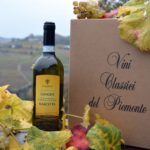 It is a white wine with a noticeable mineral flavour. It has existed for a long time on these hills, and was traditionally cultivated alongside other white grape varieties such as Timorasso, Malvasia, and Livertiin, which was so bitter that the housewives of the high Langa used it instead of rennet. For years, these grapes had all been pressed together and because of this, when the current potential of the Nascetta variety was discovered, nobody remembered how to process it on its own.
It is a white wine with a noticeable mineral flavour. It has existed for a long time on these hills, and was traditionally cultivated alongside other white grape varieties such as Timorasso, Malvasia, and Livertiin, which was so bitter that the housewives of the high Langa used it instead of rennet. For years, these grapes had all been pressed together and because of this, when the current potential of the Nascetta variety was discovered, nobody remembered how to process it on its own.
Nowadays, there are very few farmers that cultivate this vine, and there is not enough land to plant new vineyards that might fully exploit its potential. Every producer now makes wine in his own distinctive way. As a result of this, you can find many different Nascettas on the market, and this is a great boon to wine connoisseurs.
For a more detailed explanation, check out our website: http://www.ilbosseto.it/
Merenda “sinoira”
These days, the Langhe is a region envied by many for its wines, truffles, hazelnuts, and beautiful vistas. However, until the 1970’s, the economic reality in these villages was very different. Every family raised pigs, chickens, and rabbits, and needed to cultivate grassland and wheat for subsistence farming. The grasslands were mown for hay during the summer. This was the hardest season, since the wheat also needed to be harvested, and the manual labour entailed in these tasks was difficult and taxing. Those who worked the land laboured all of the long hours of daylight, and for this they needed to be well-fed.
The massaia, or housewife, who was in charge of keeping an eye on the children, would prepare a basket with food and in the mid-afternoon would bring it to the men and women that were hard at work in the fields. These merende sinoire were eaten later than the usual meals, and were composed of substantial, filling, and easily-available foods.
We had the Moscato wine and the eggs, and so our grandmother used to prepare a cold zabaione. She used to beat ten egg yolks with sugar, then add the whipped egg whites into the mix. She would then pour a bottle of fresh Moscato into this cream, and everyone was given a bowl of it to dip a slice of bread in. After the merenda, the country folk would get back to work until twilight. These days, we offer these same merendas to the clients that come to our winery as a sign of hospitality. We do this because our wines have a strong connection to the produce of the land, and good food strengthens and reinforces the ties of goodwill and friendship. The dishes that we offer are the traditional meals of the region: soups, gnocchi, jams, eggs in salmonidae, friciulin (potato pancakes), wild herb pancakes, and bagnet and bunet (sauces and pudding).
Venite a trovarci, vi aspettiamo! (We look forward to your visit!)
Marinella Bera
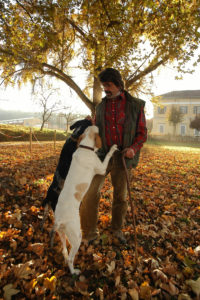
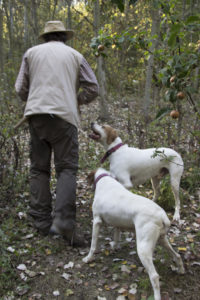
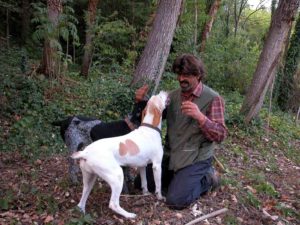
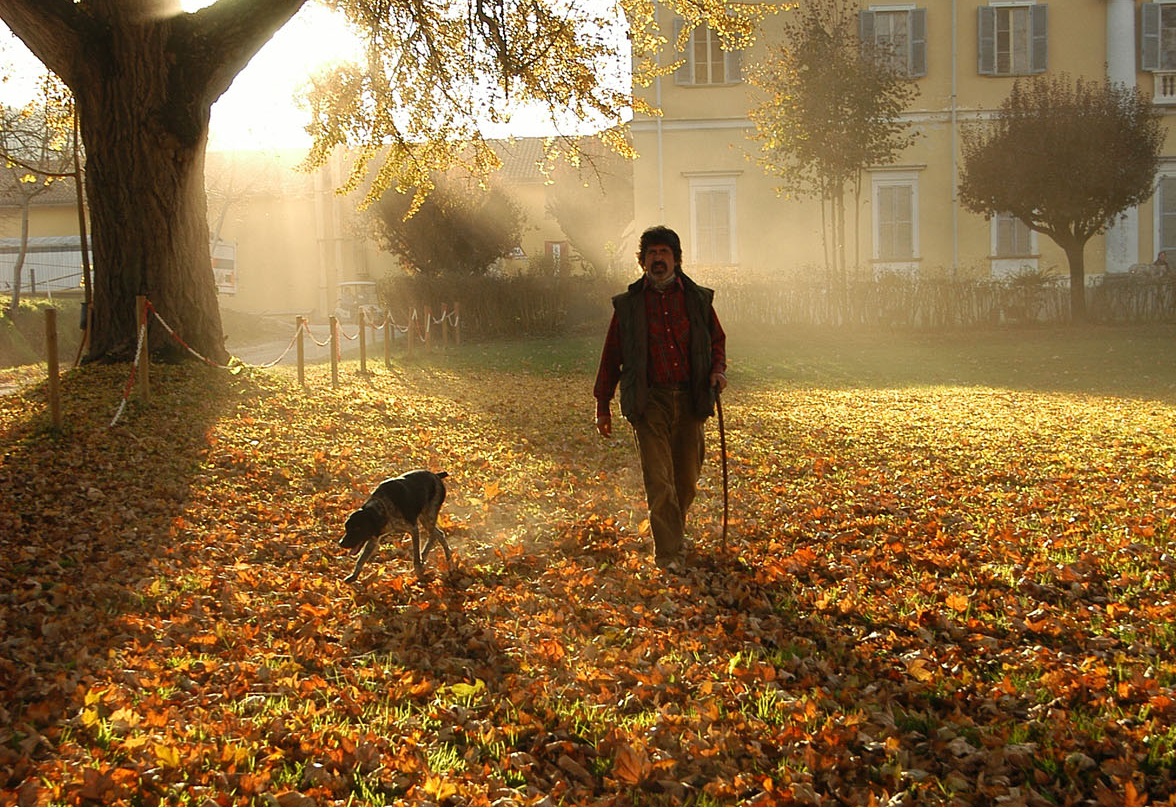
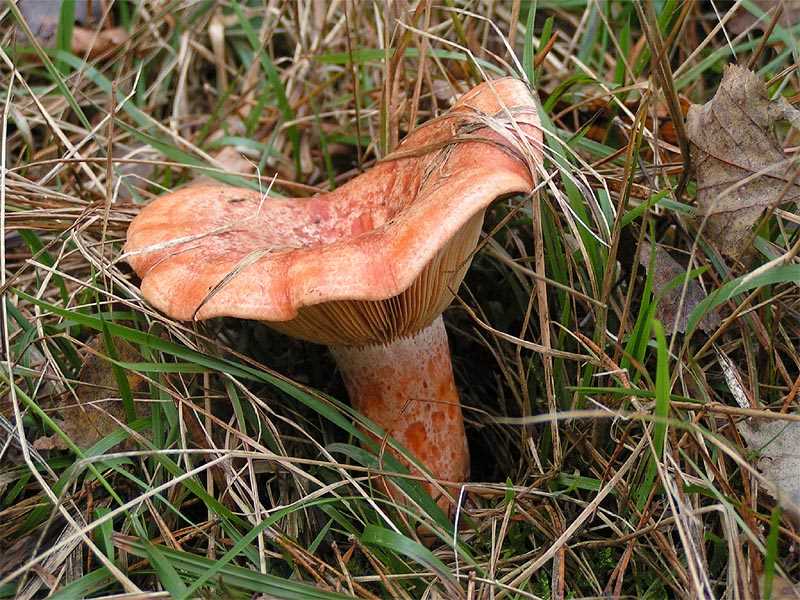
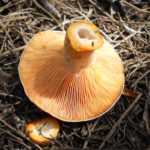
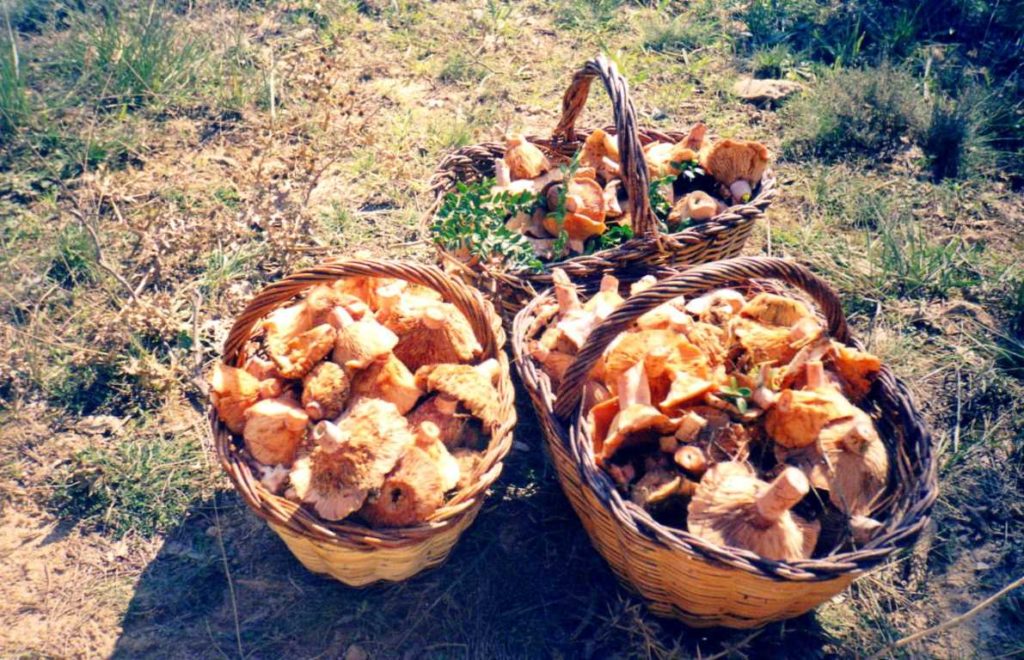
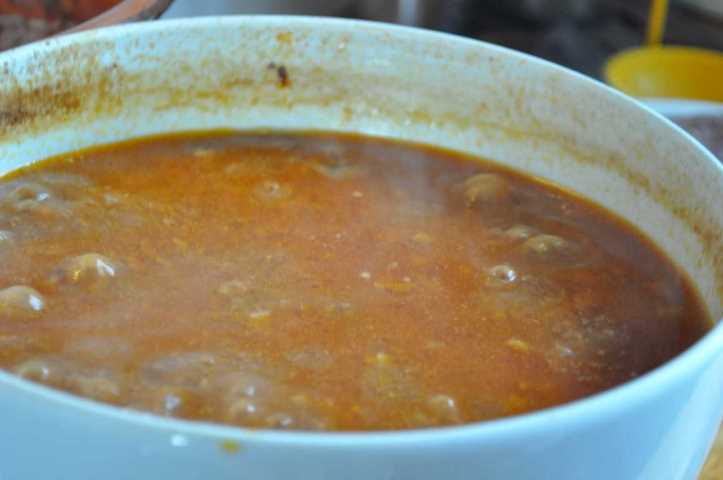
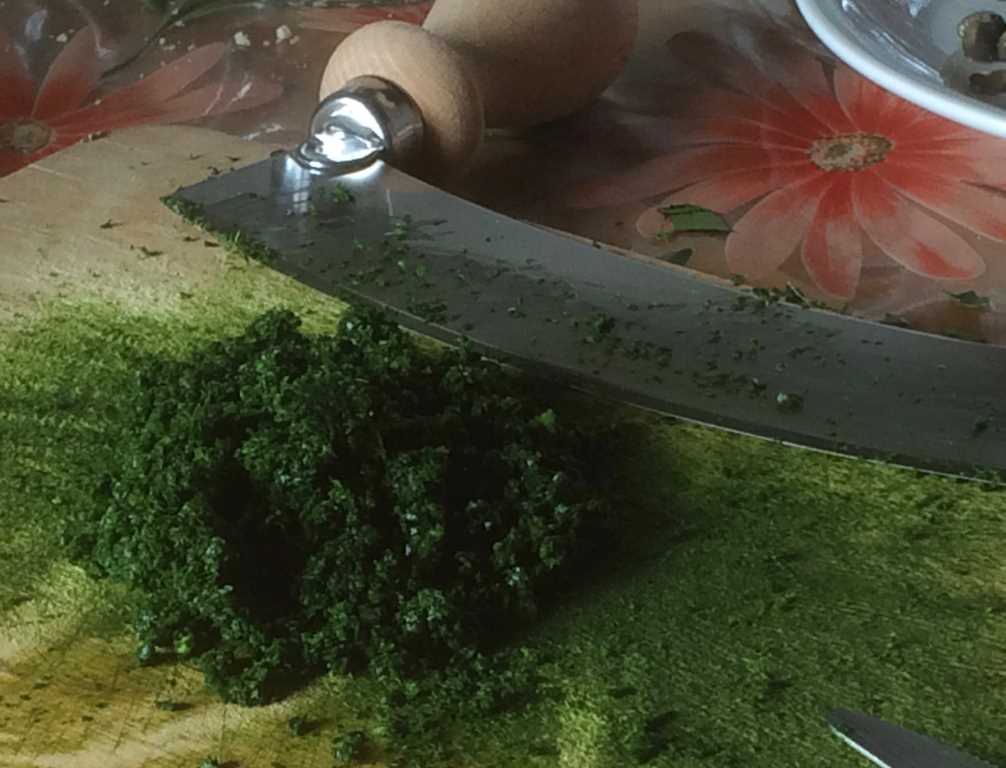
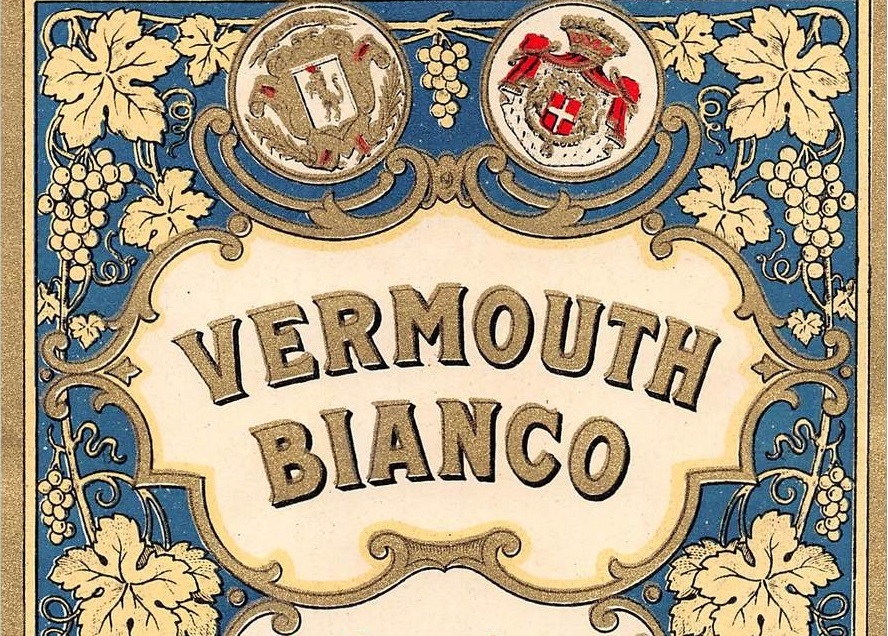
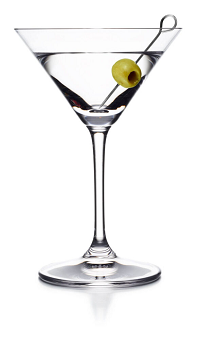
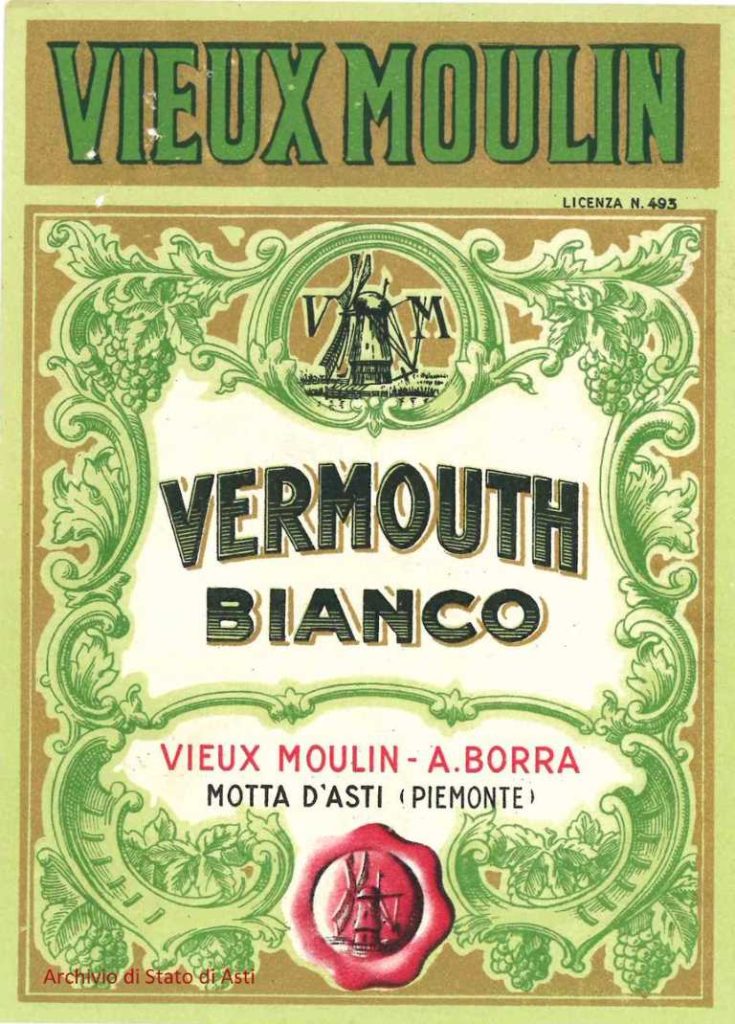
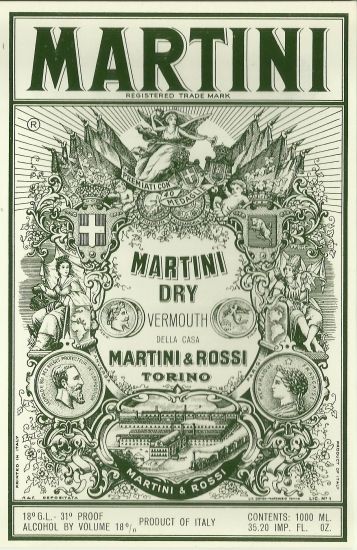
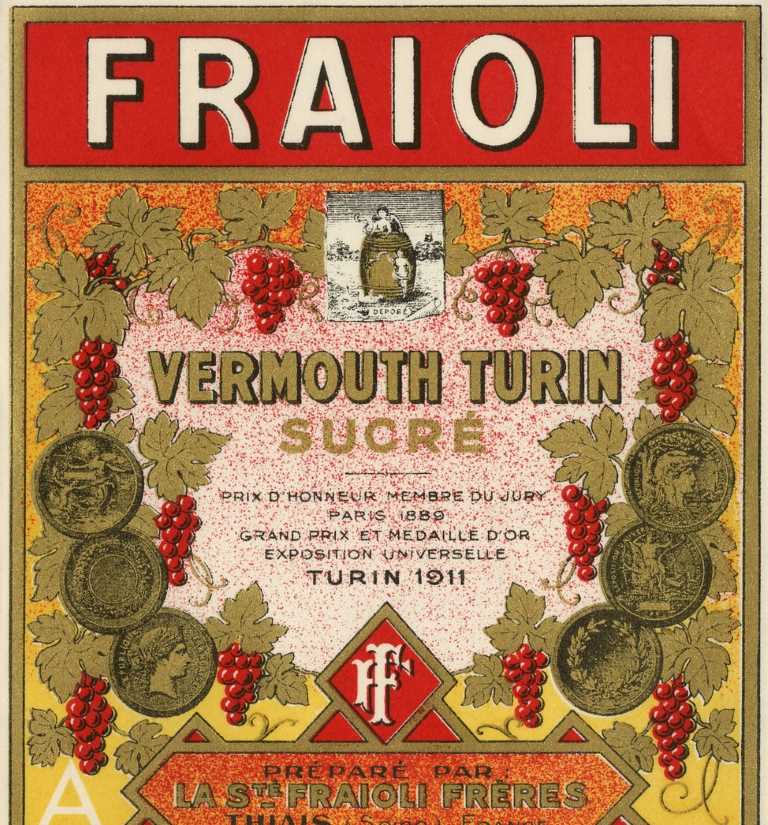
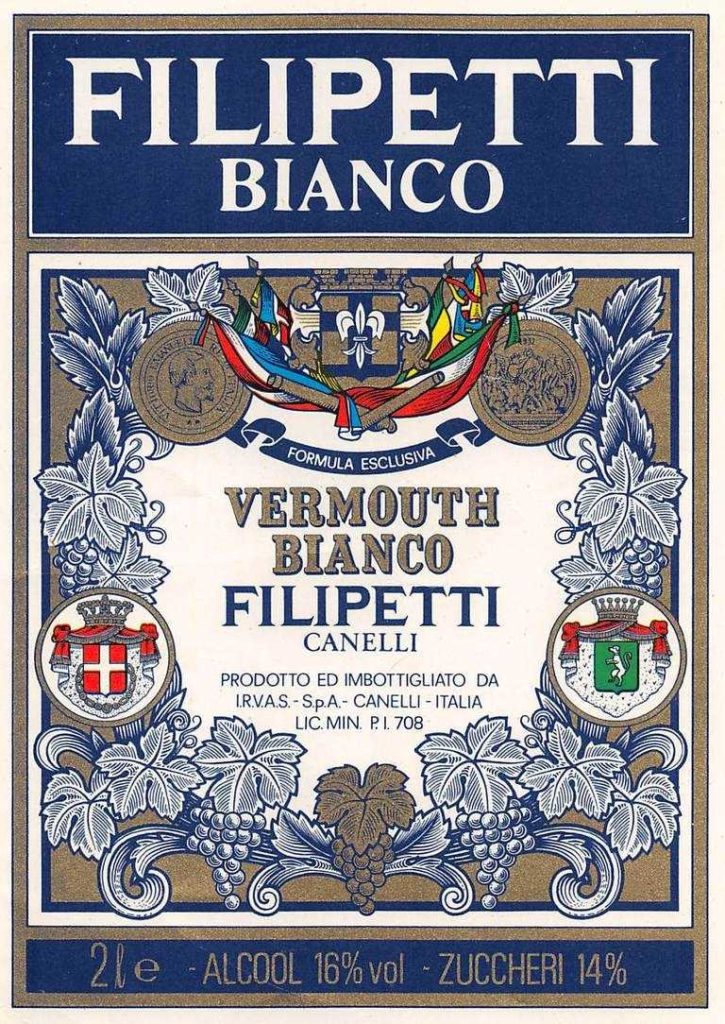
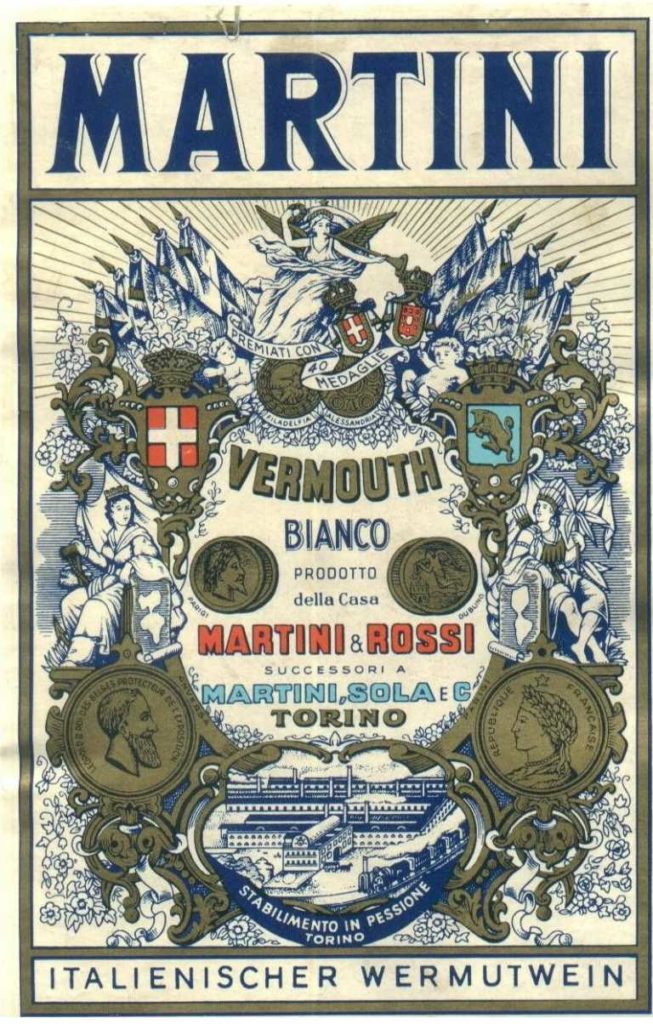
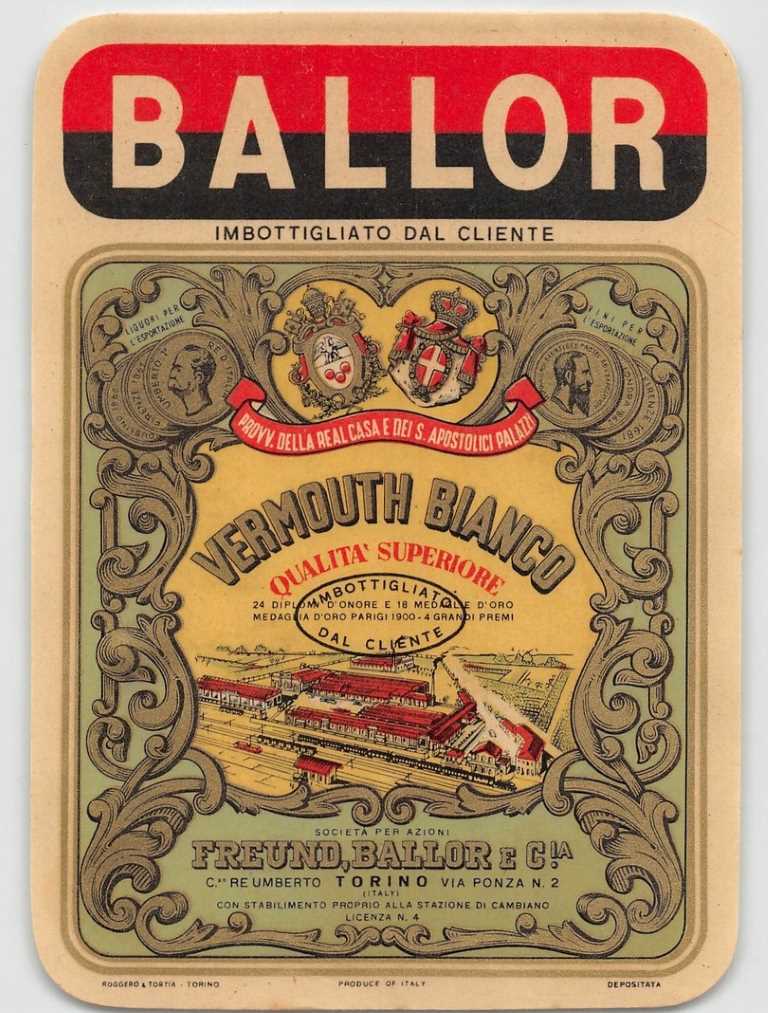
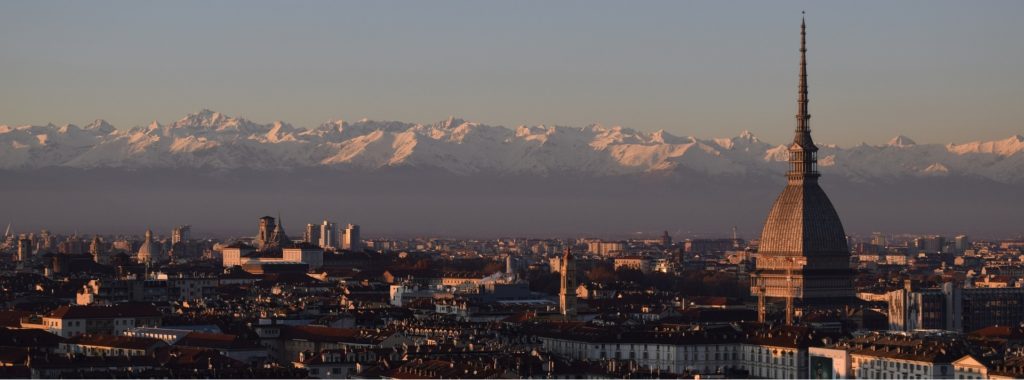

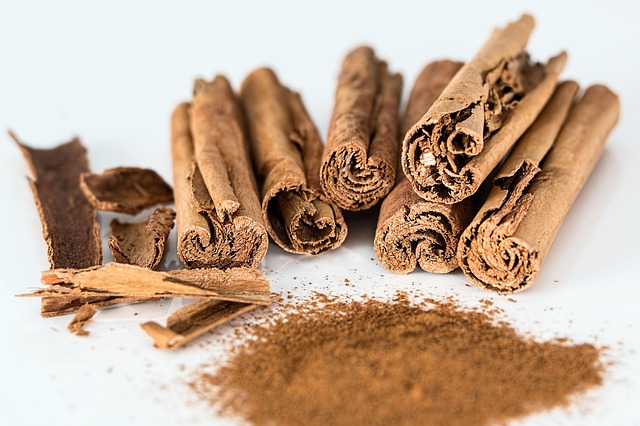
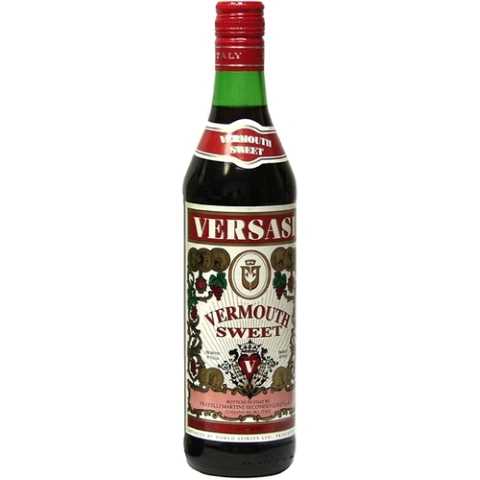
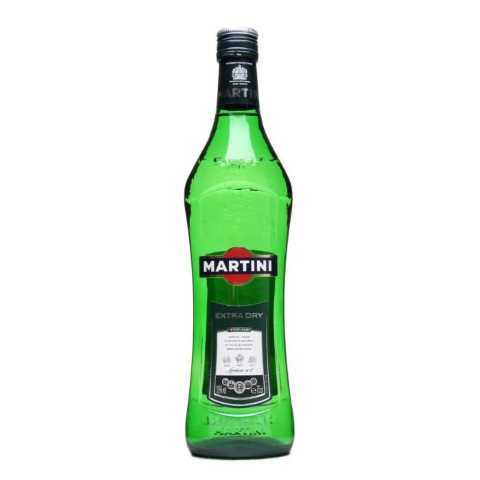
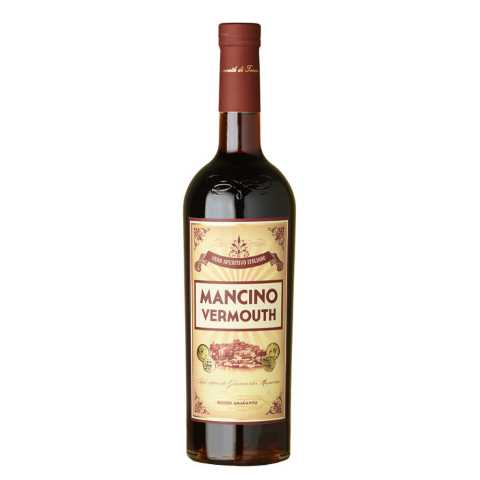
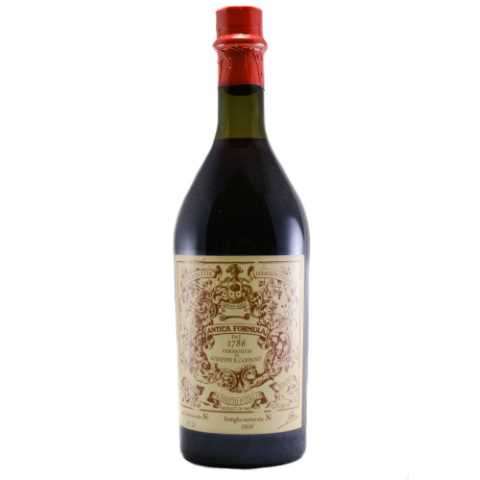
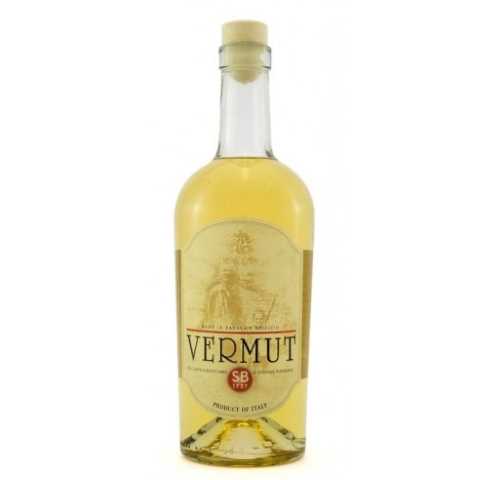
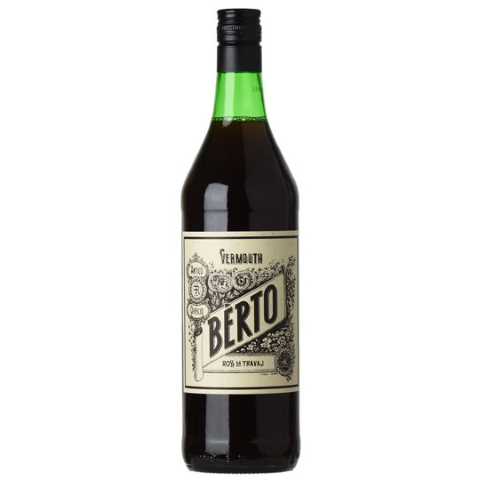
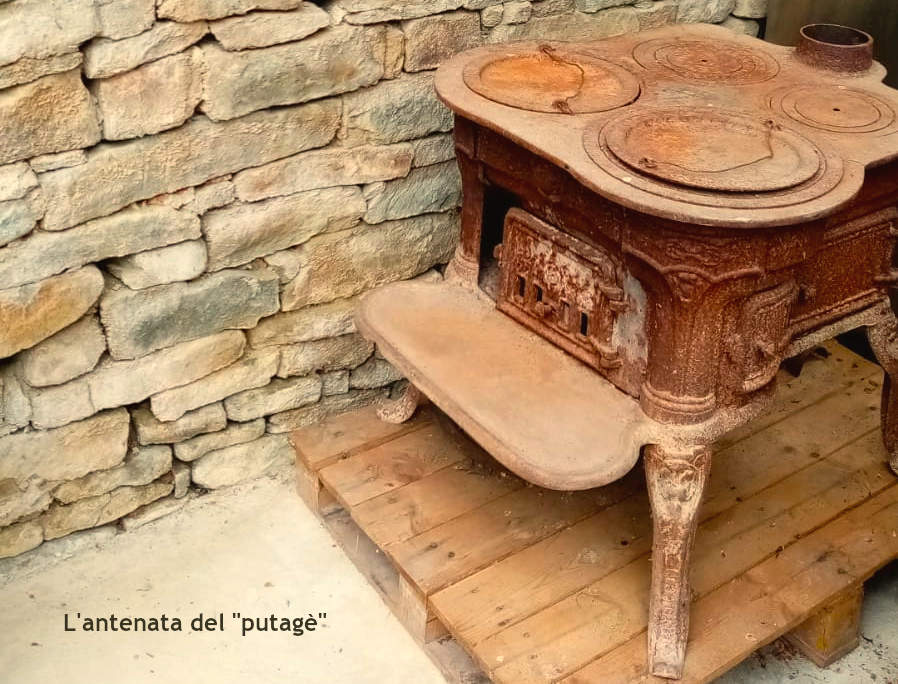
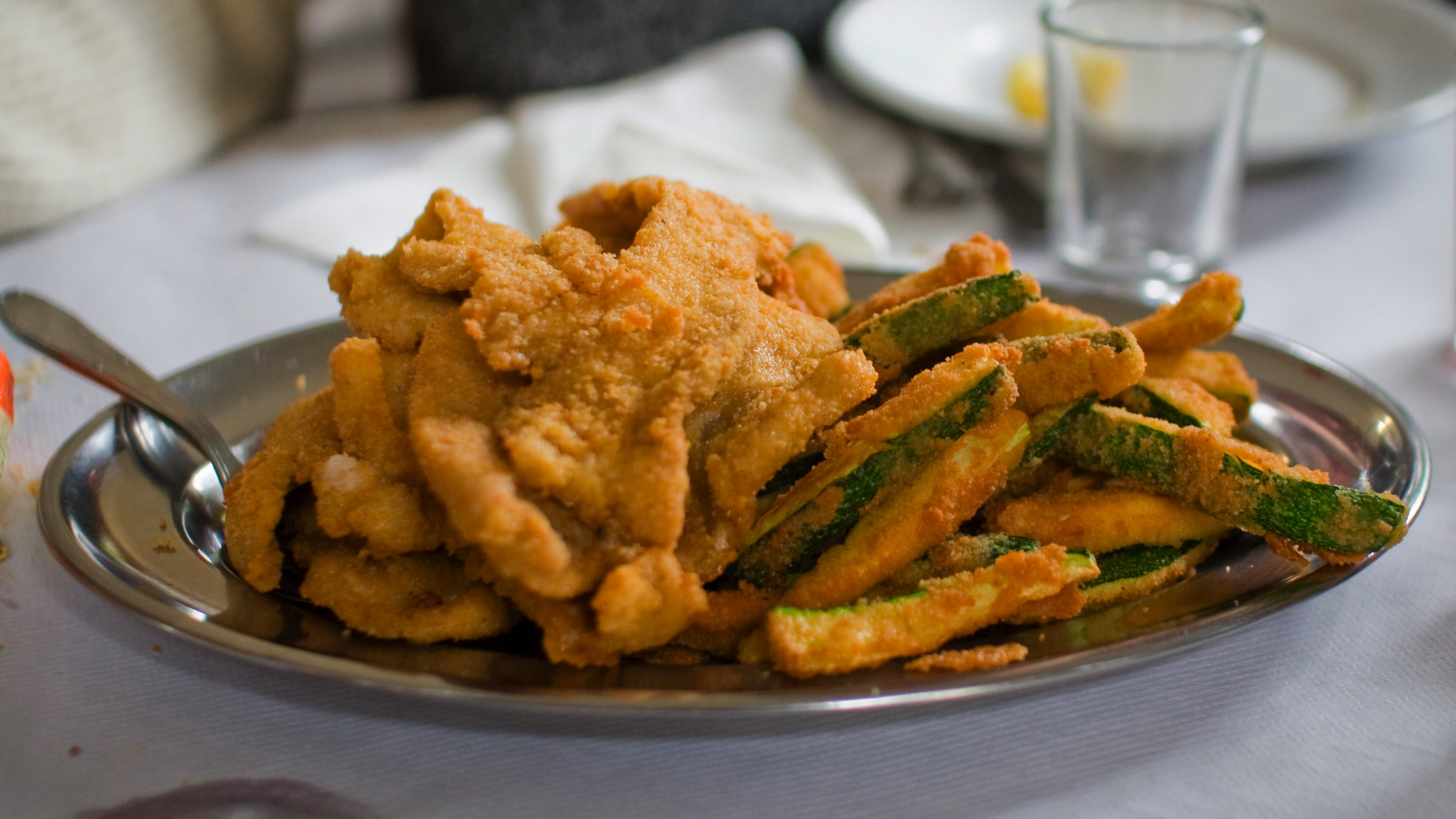
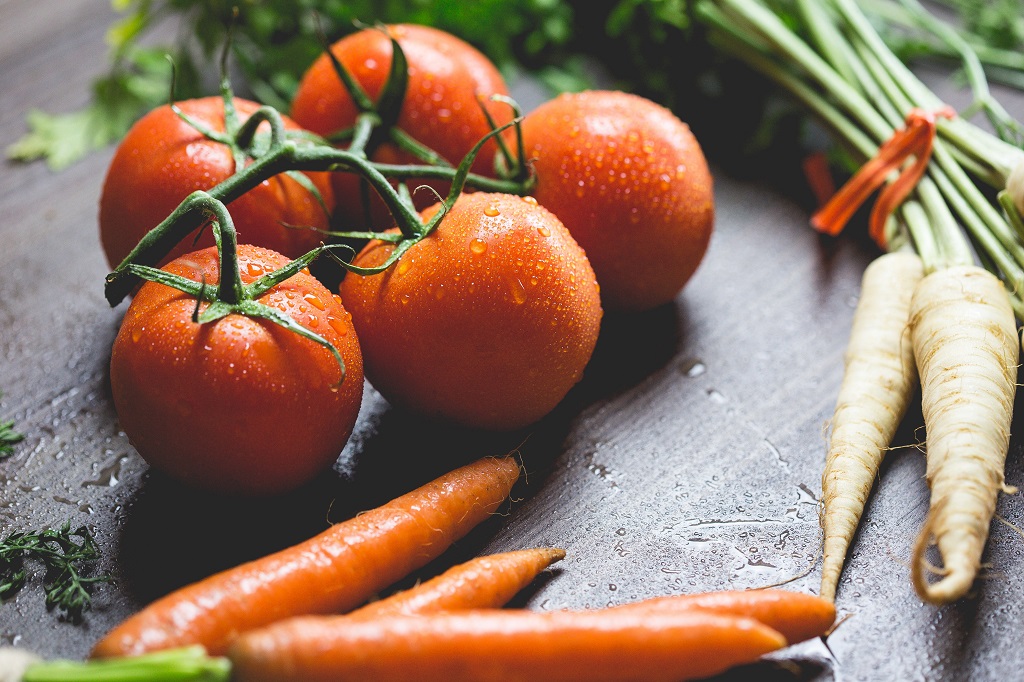
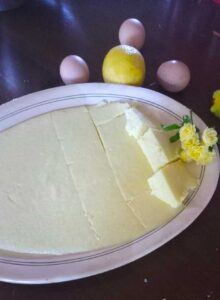
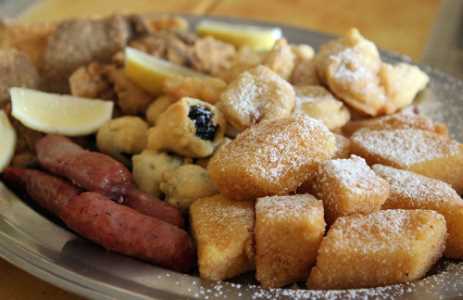
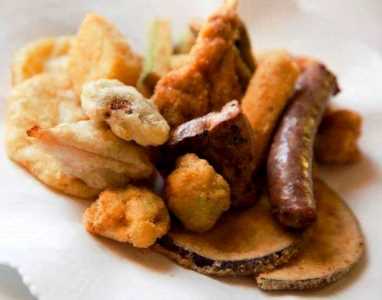
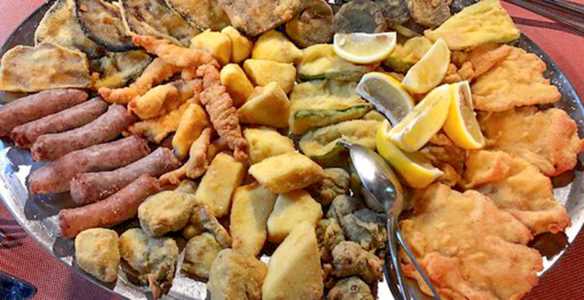
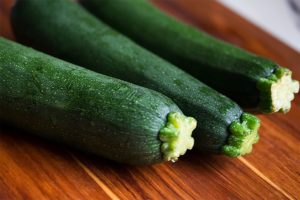
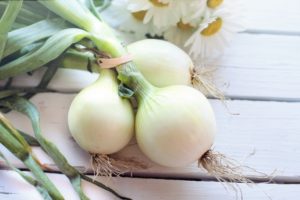
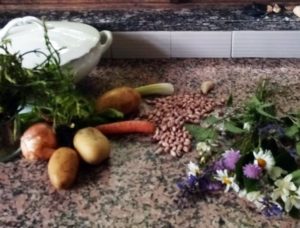
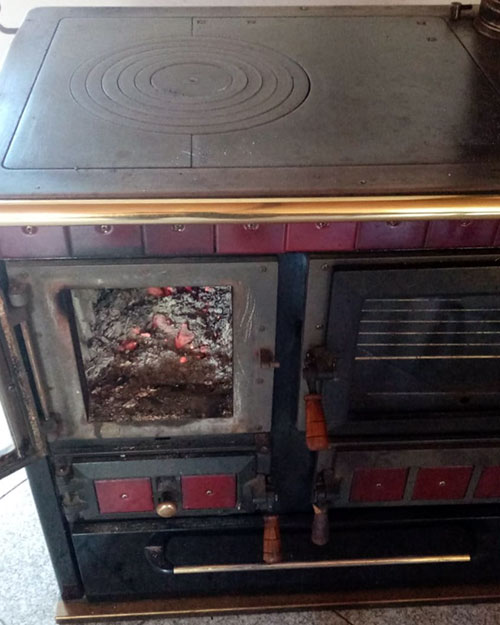
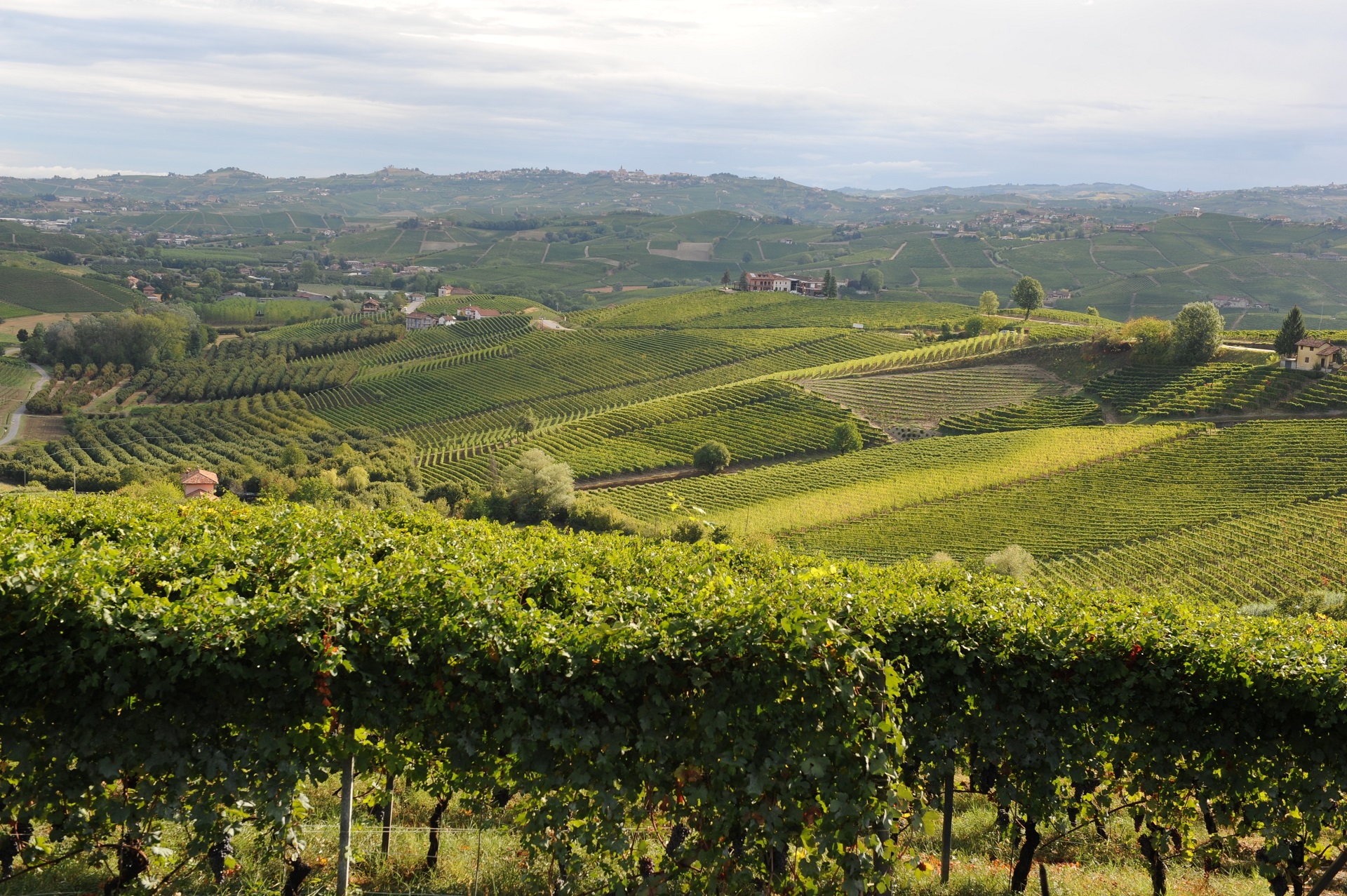

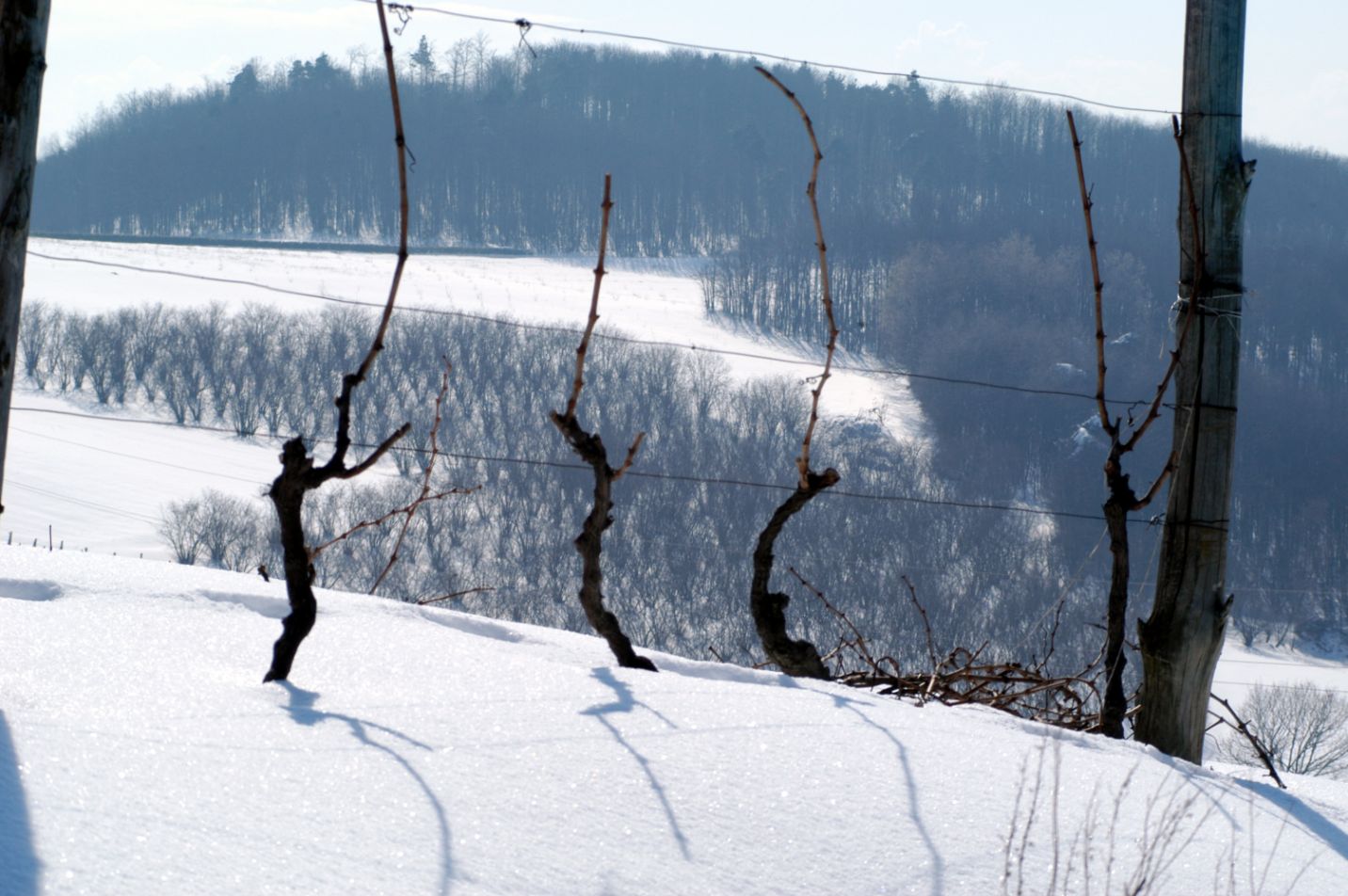
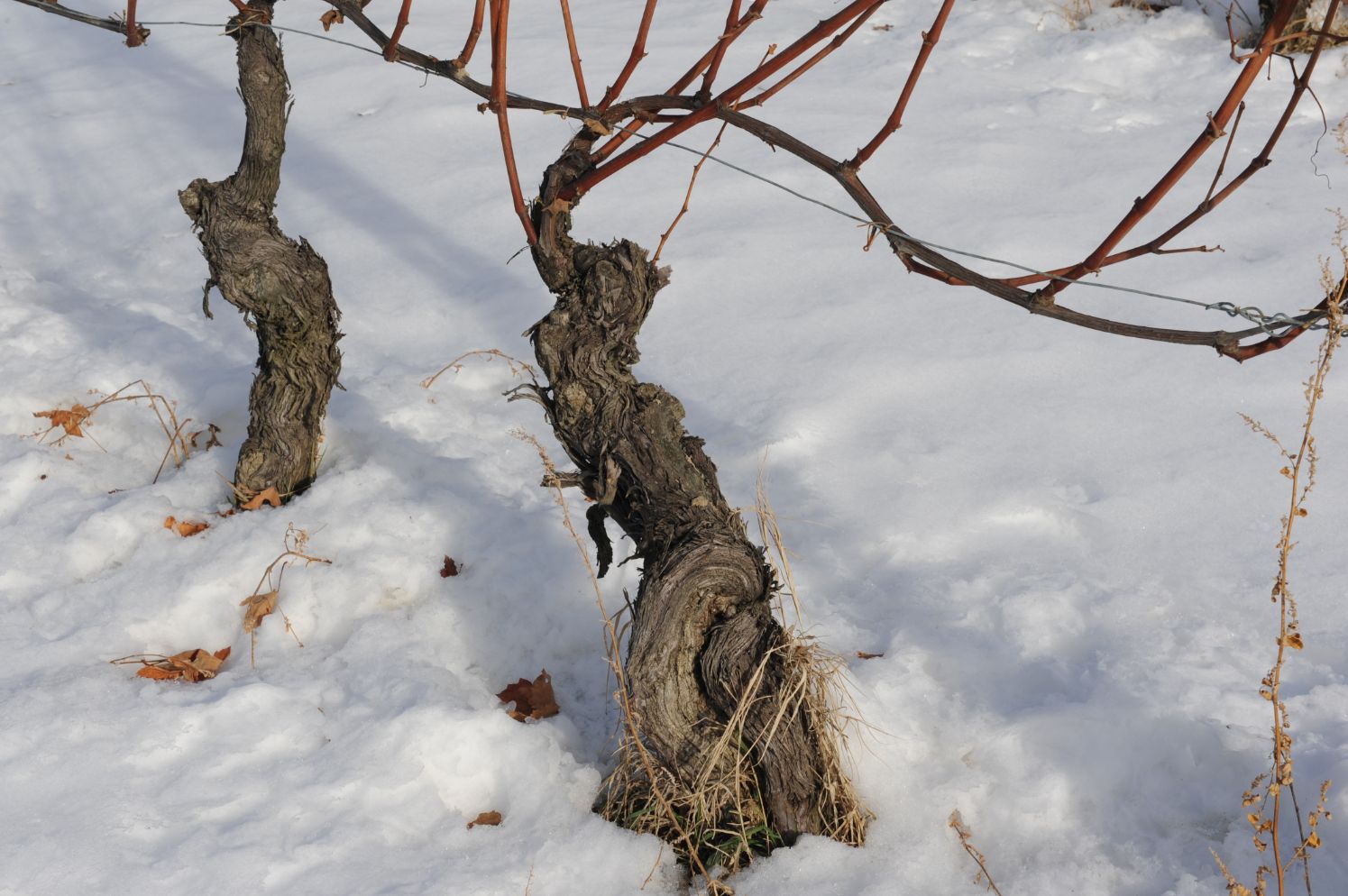
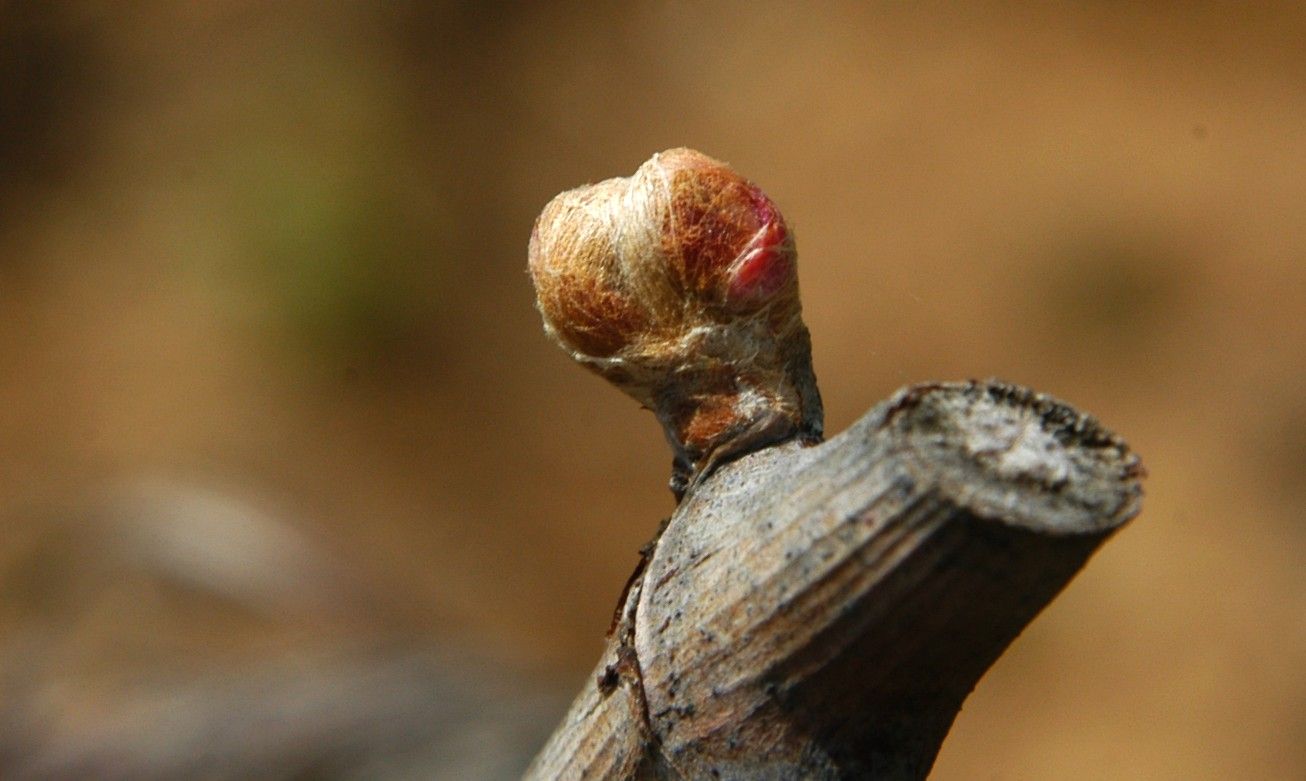
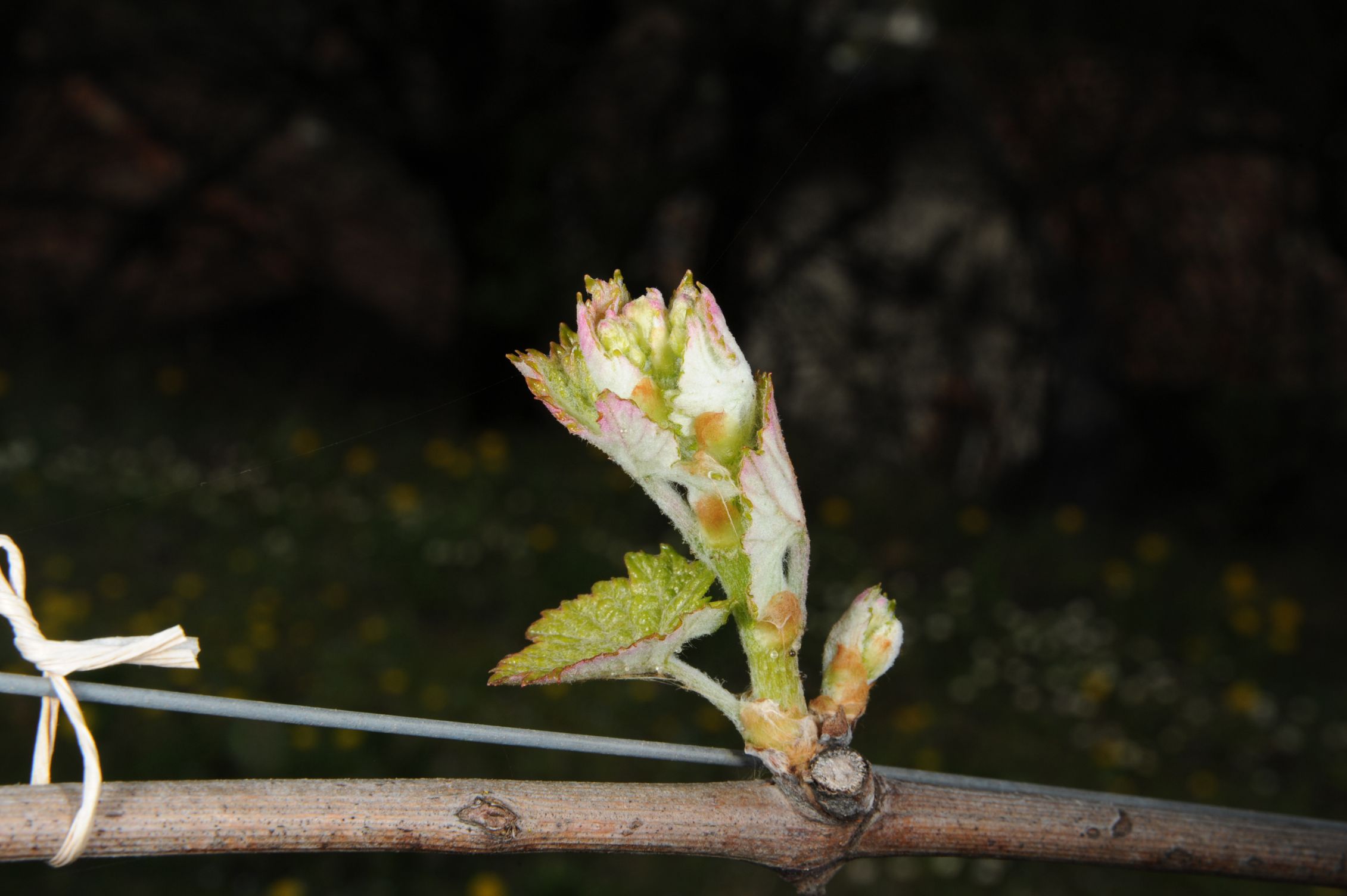
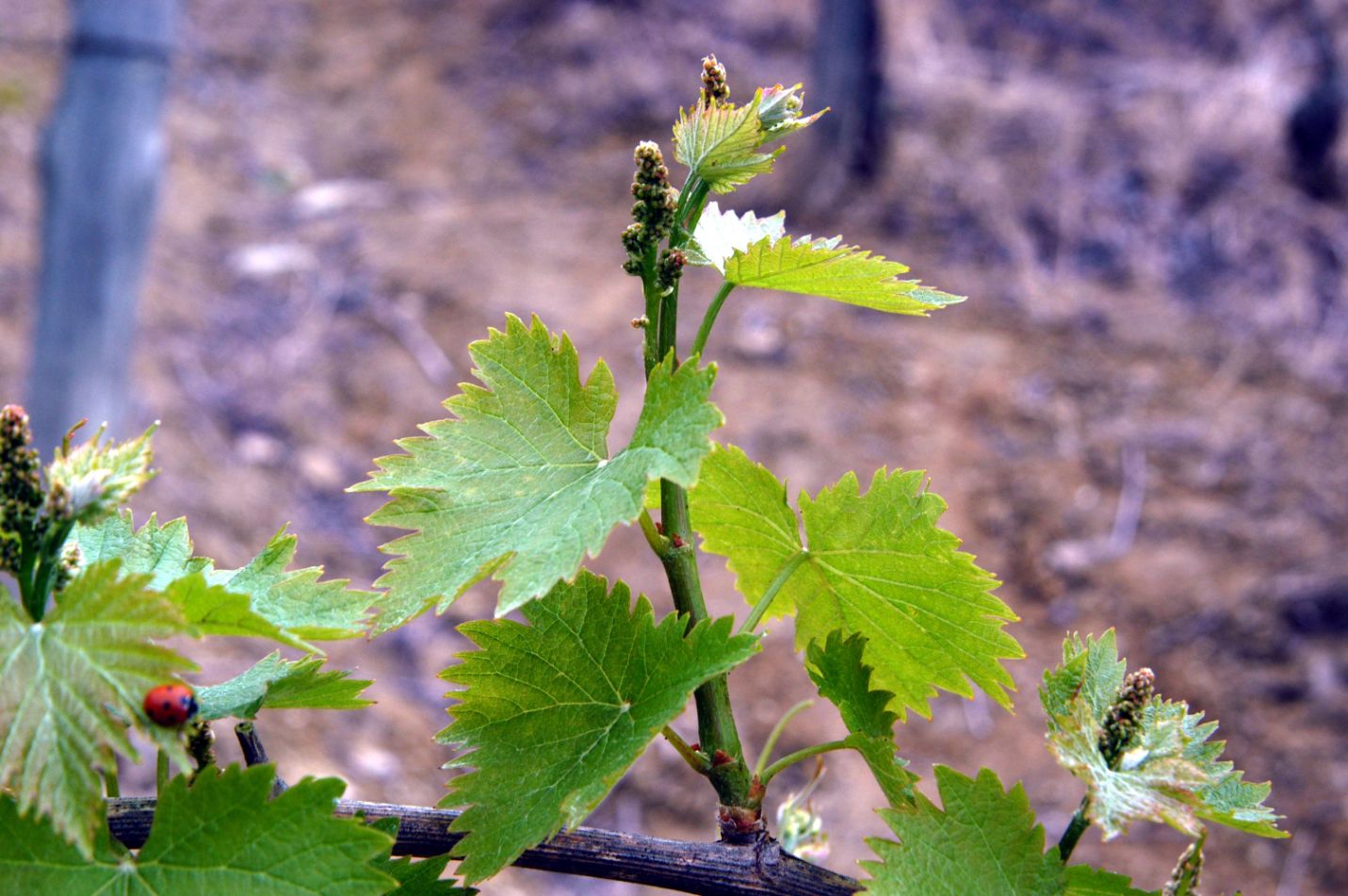
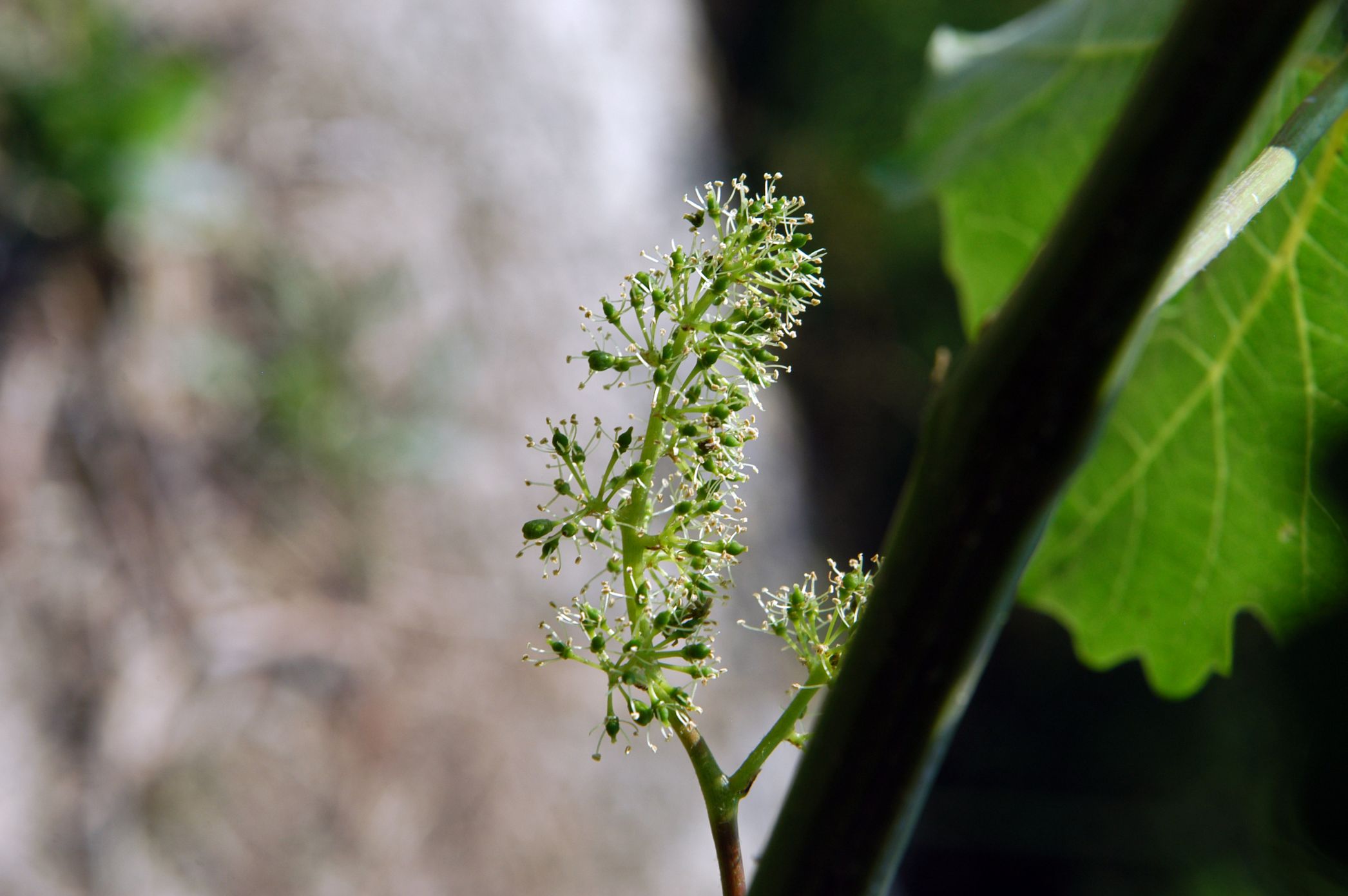
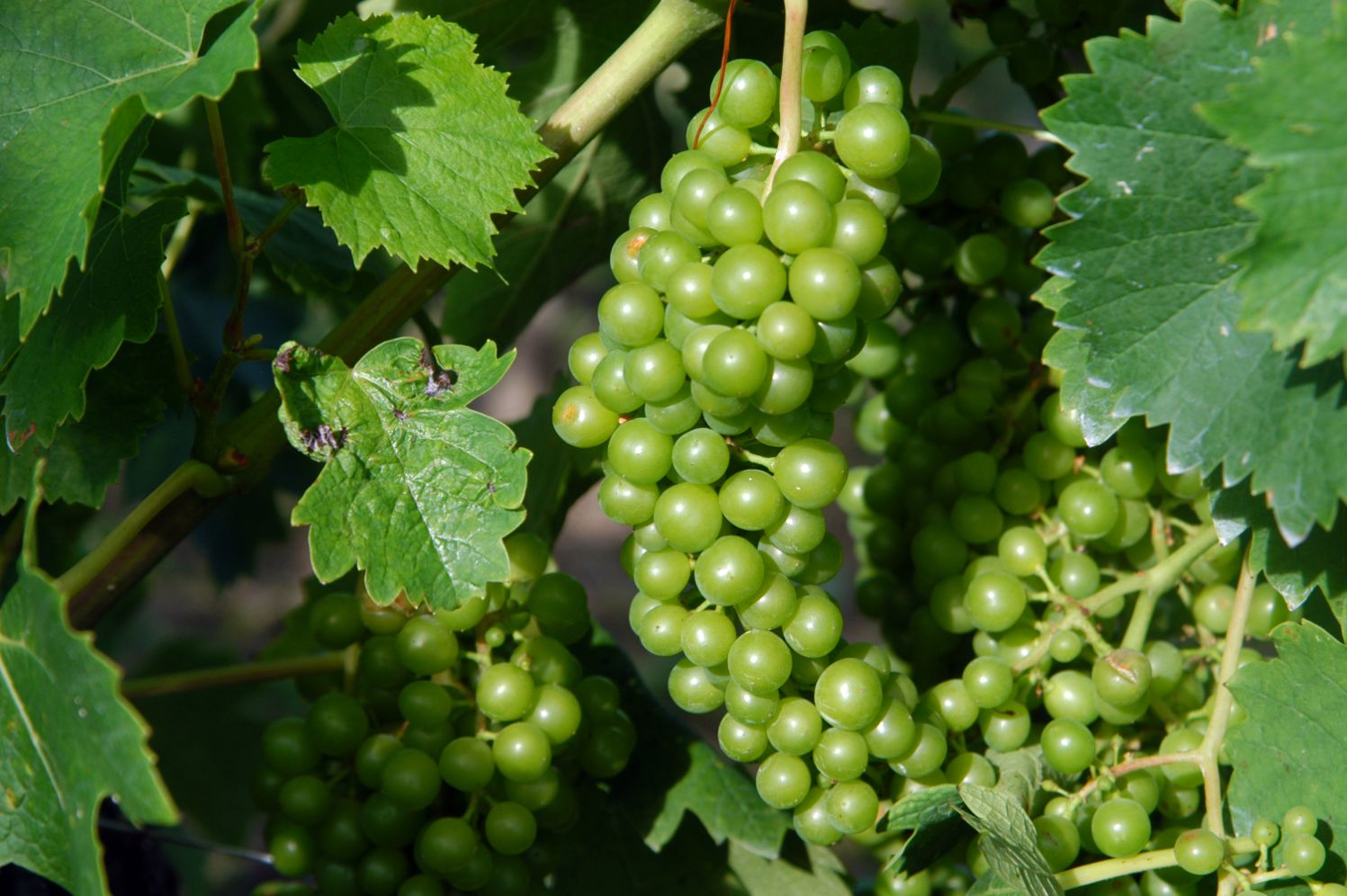
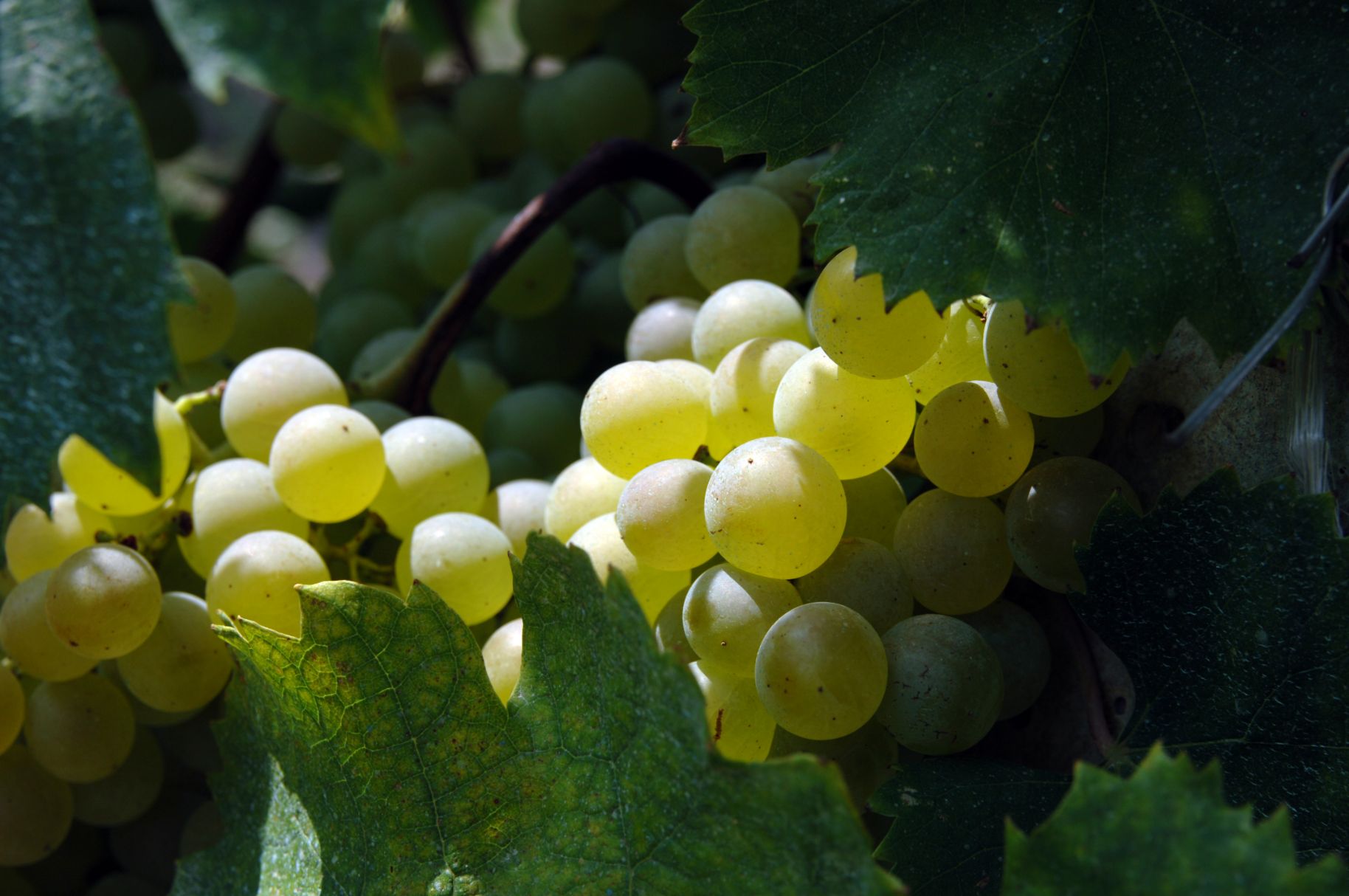
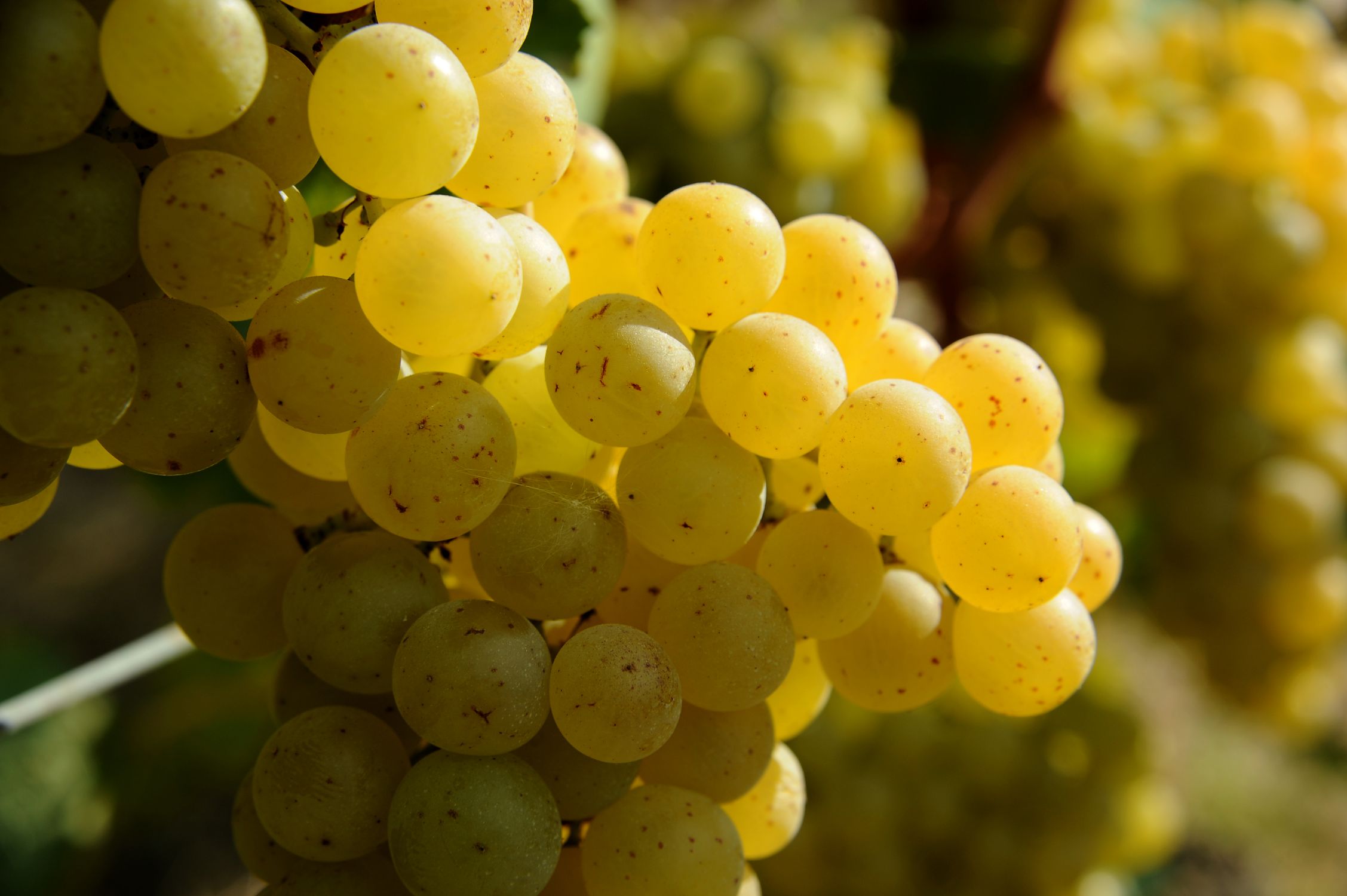
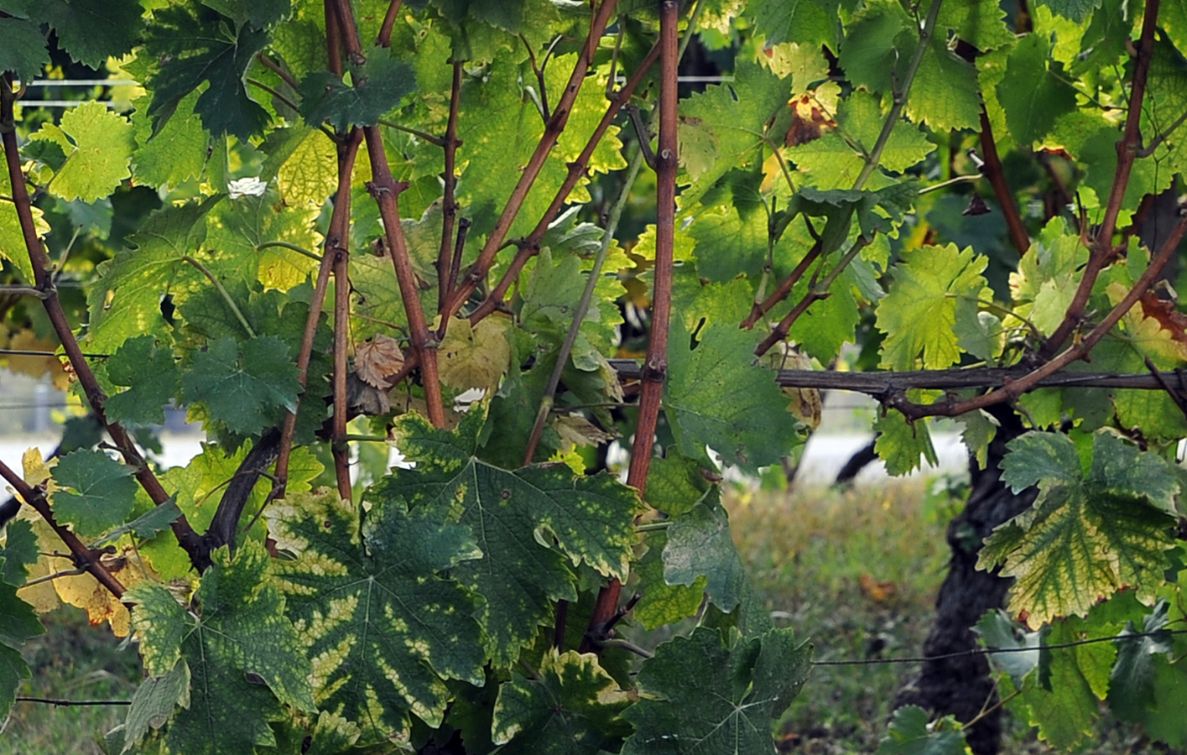
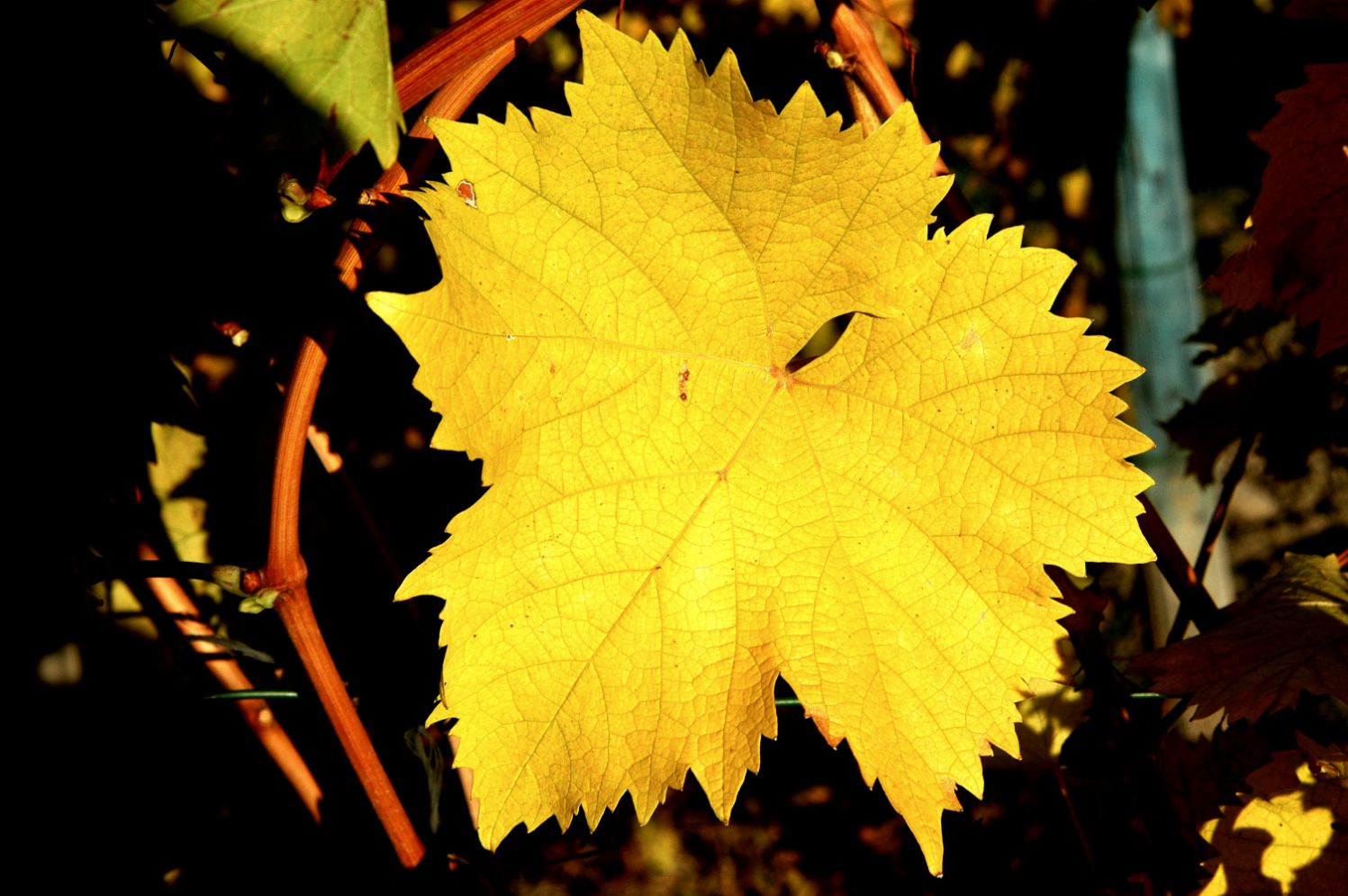
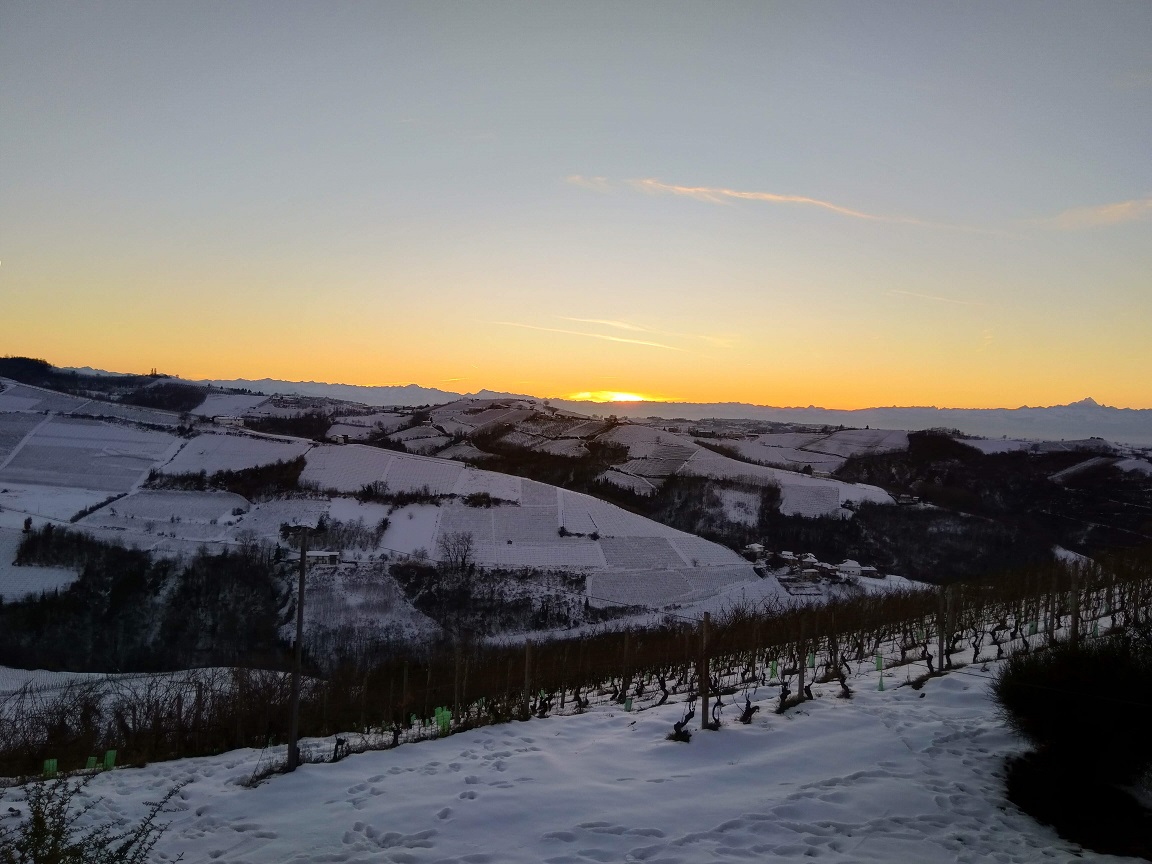
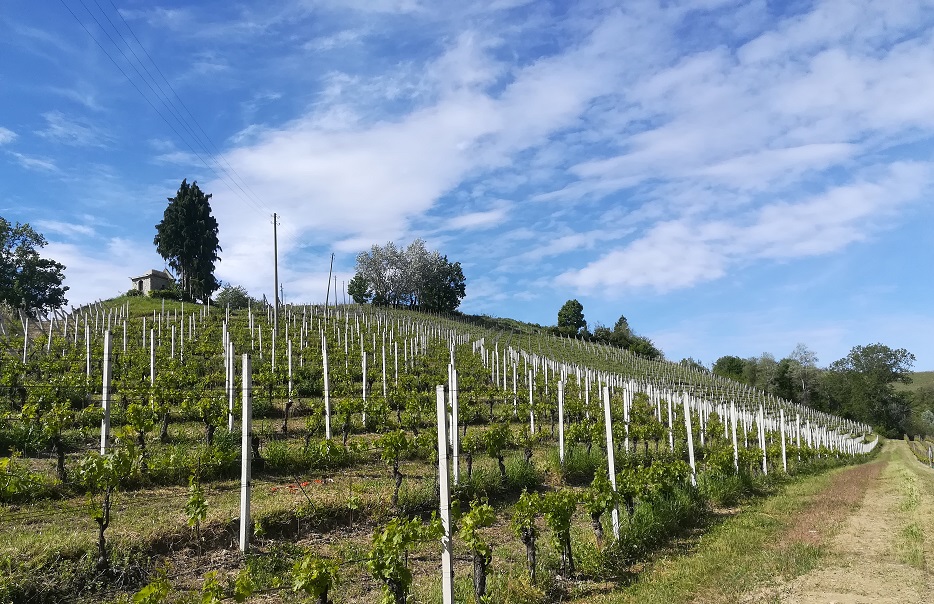





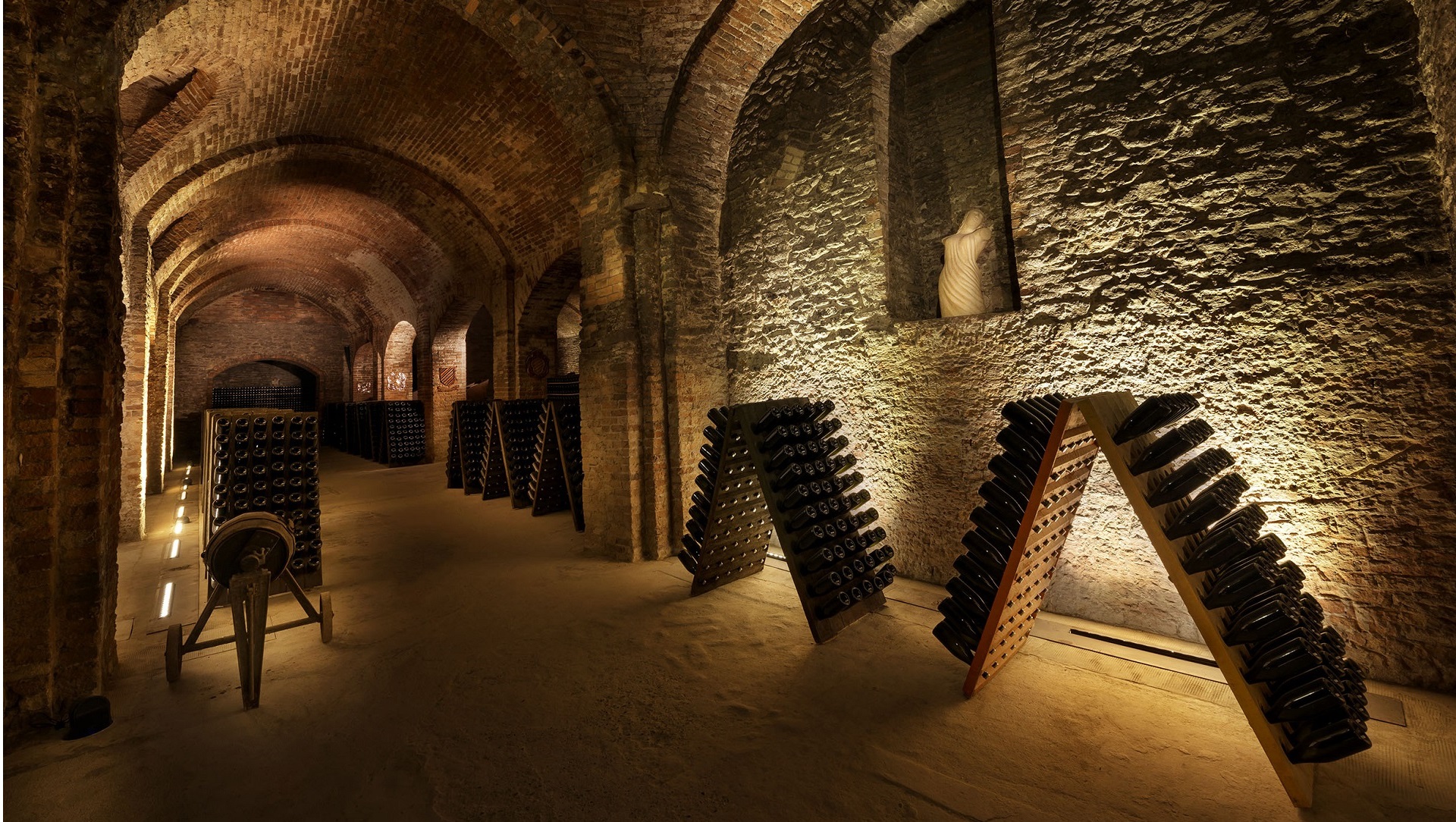

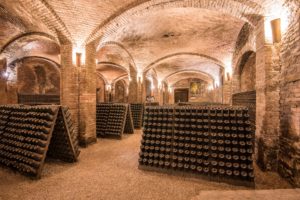

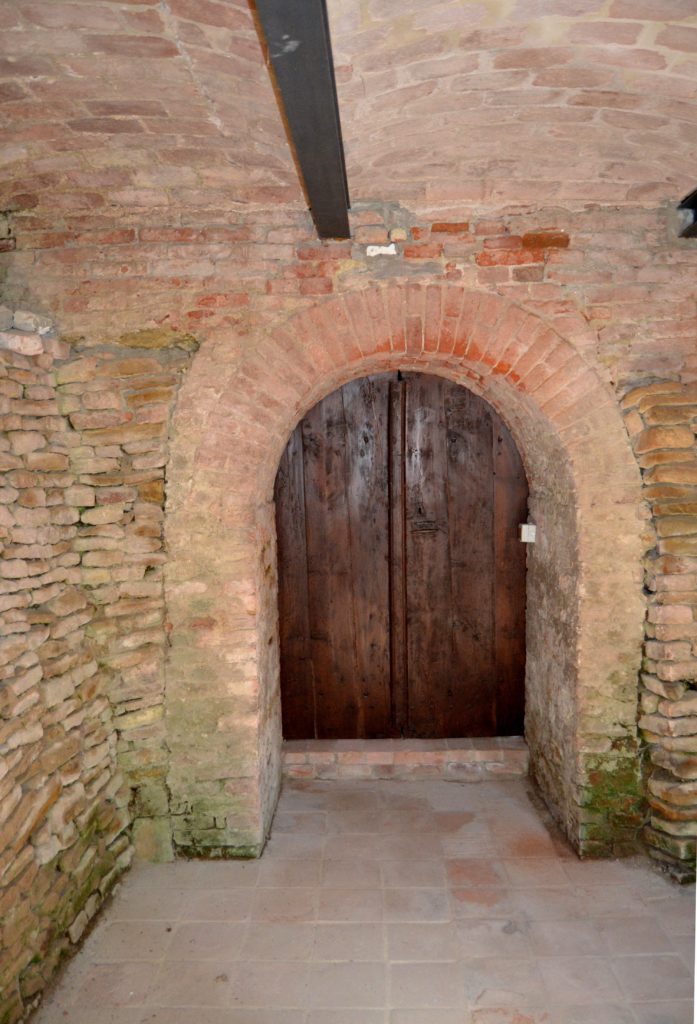
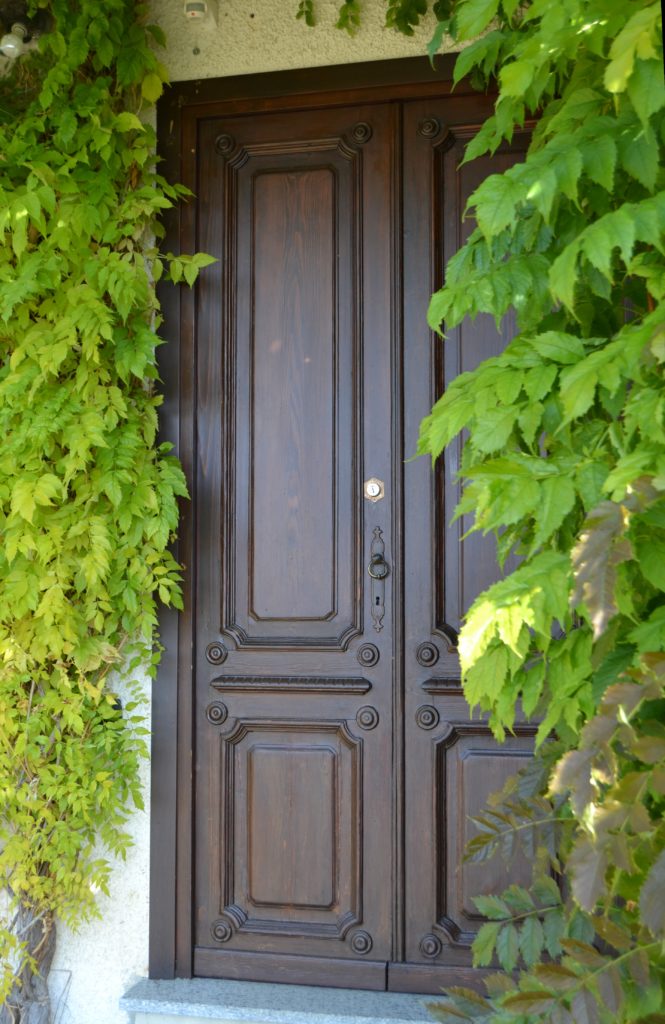
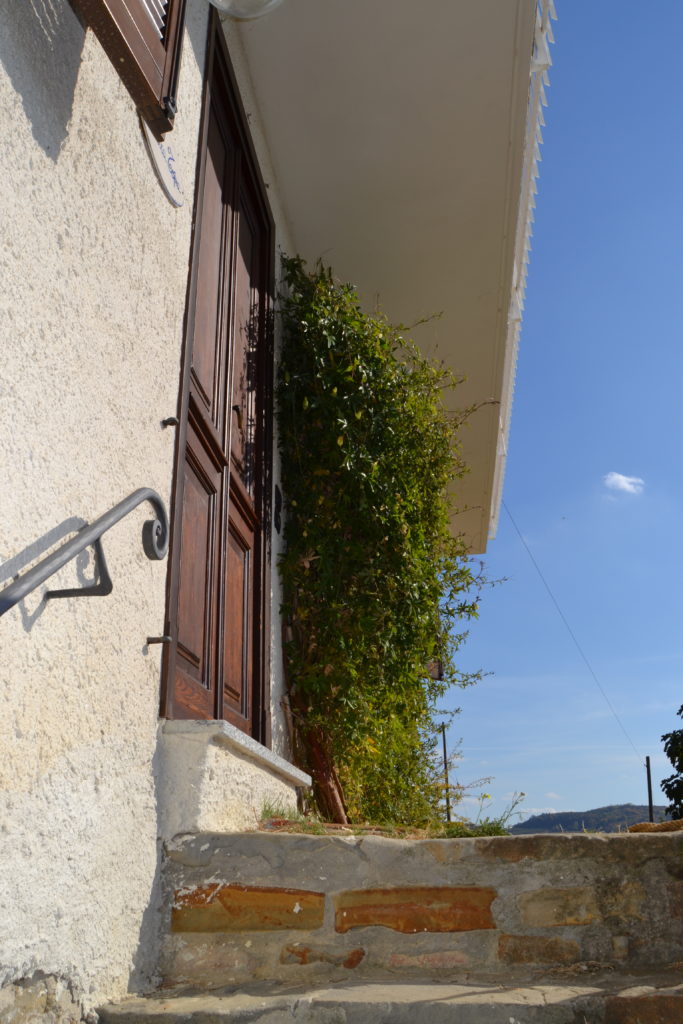
 Book now
Book now


